The buzz around prediction markets today is far beyond mere hype. They are effectively replacing news outlets like CNN, serving as a hedge for investments, and providing real-time sentiment analysis.
While prediction markets are not necessarily a new concept, their integration with crypto rails, combined with the rise of platforms like Polymarket during the recent US election, has further popularized them.
Thanks to a mix of good timing and growing interest, prediction markets have become one of the most active areas in DeFi, inspiring a wide range of verticals and primitives built on top of them.

However, there are obvious issues preventing prediction markets from reaching their next phase of growth.
Why traditional prediction markets fall short?
The most obvious issue with traditional prediction markets is that they are run like centralized media houses, where a boardroom makes all the decisions on what goes out.
In traditional prediction markets, everything that represents an opportunity to take a side, to choose “Yes or No,” is completely decided by centralized administrators.
They choose the markets, dictate what users can predict, and then streamline them to a mere few segments - sports, politics, crypto, stocks, and economic indicators.
The result is that, by this design, prediction markets overlook the long-tail of ideas, debates, and countless contentions happening across group chats, social platforms, and Discord channels - each with the potential to become a highly liquid market.
Moreso, considering that prediction markets are designed to be open and borderless, centralizing market listings limits growth and liquidity.
Users often get sidelined, either because the available markets don’t match their interests or because they don’t feel confident enough to participate in the ones that are listed.
A good way to picture it is by comparing the decline of dependence on traditional media outlets like CNN with the rise of social platforms like X as the go-to source for news.

CNN and similar networks operate within a controlled framework. They publish what they think the audience should know.
Meanwhile, on X, it’s the community that decides what matters, what trends, and what’s worth talking about.
Beyond centralization issues, other problems also plague prediction markets.
One of these issues is the resolver trilemma - decentralized markets require mechanisms (such as oracles or resolvers) to verify real-world outcomes and settle trades.
Designing these systems includes trade-offs between speed, cost, and trust.
This is a problem that extends beyond being merely theoretical. For example, Augur, one of the first decentralized markets, experienced disputes and delays because oracle selection and dispute mechanisms were not optimized.
A particularly illustrative instance is the “Zelensky suit fiasco” on Polymarket, in which a resolution delay by UMA, the oracle integrated with the platform, resulted in significant controversy.
Another of these issues is fractured liquidity across multiple outcomes. When markets have several outcomes, as in the case of the last US presidential elections, traditional prediction markets split these markets into separate pools, thereby splitting liquidity.

This separation makes liquidity in some of these pools thin, causing high slippage and poor execution for traders.
The good part is that we usually don’t chalk a piece without a solution. These issues led to the creation of something new, an evolution of prediction markets built by frustrated users who desperately wanted better.
They are called conviction markets, and in the next few paragraphs, we’ll introduce you to what they truly are, how XO Market is pioneering conviction markets, solving the aforementioned problems, and building a marketplace to trade your convictions.
What is XO Market?
XO Market is a decentralized platform built on the XO network, where users can express, trade, and monetize their convictions by creating and participating in markets that reflect conventional and long-tail opinions, questions, and outcomes.
By conviction market, we mean a user-generated market created by anyone based on their opinions, beliefs, or convictions.
On XO Market, anyone, from casual users to seasoned analysts, can create an open market by framing a straightforward and verifiable question or statement, defining the possible outcomes and resolution criteria, seeding initial liquidity, and specifying a creator fee tier.
XO Market streamlines this process with its AI market generation feature that creates whole markets in 30 seconds.
It can suggest well-structured questions, help define outcome ranges, and even recommend initial liquidity parameters based on similar markets, making it easier for creators to launch high-quality, tradable markets.
Once the parameters are checked to ensure they are resolvable, the market will go live for everyone to put their conviction to the test.
However, XO Market does more than just create an environment for open conviction markets; its features solve deep underlying issues with traditional prediction markets, including inefficient liquidity models, a lack of long-tail interest, and the resolver trilemma, through innovative approaches.
Let’s look at the features, shall we?
XO Market: Key features
1. Open market creation: XO Market is open
On XO Market, market creation is done differently. Markets are open; users or creators can create a new conviction market with yes/no or multiple outcomes on their topic of choice.
XO Market puts in place a degree of oversight to prevent the creation of fraudulent/unresolvable markets and address the issue of duplicate markets.
Currently, open market creation is live in Beta. To start creating markets, users will need to have a Catalyst badge that can be obtained by earning 500 conviction points (CP).
Points can be earned primarily from trading and also from daily peck-ins (checking in every 24 hours), referrals, and certain community activities.
The Catalyst badge allows users to create one conviction market per 7-day rolling window.
Beyond just creating markets, XO Market enables a full creator economy, where creators earn by setting fees and capturing a share of the trading volume their markets generate.
This incentivizes market creation, allowing users to seed liquidity and share their markets, leveraging their social influence to drive volume to the markets with a unique opportunity created for themselves and other participants. It all balances out when you think of it.
2. LS-LMSR: XO Market liquidity is adaptive
Another key differentiator between XO Market and traditional prediction markets lies in their approach to liquidity.
Traditional prediction markets rely on AMMs or orderbooks to provide liquidity.
However, these models suffer from a fundamental flaw - liquidity fragmentation, where some markets attract deep liquidity while others remain thin, resulting in high slippage and making them nearly untradable.
This fragmentation occurs because AMMs or orderbooks cannot actually support multi-outcome markets. They only support binaries. Therefore, each multi-outcome market is only a basket of binaries.
XO Market solves this by opting for the use of a different approach called the Liquidity-Sensitive Logarithmic Market Scoring Rule (LS-LMSR) mechanism rather than a traditional static liquidity model or orderbook.
Here’s how it works:
In XO Market, multi-outcome markets share one pool, rather than isolated markets. This strategy unifies the entire outcome, allowing the odds for each outcome to adjust to trade activity in the pool.
For example, a multi-outcome could be:
Which team will win the 2026 FIFA World Cup?
Possible outcomes with Yes/No:
- Brazil
- France
- Argentina
- Portugal
When someone buys shares in a market like this for a specific outcome, the trade upticks the probability of that outcome, while the other outcomes proportionally adjust downwards, signalling adaptation.
This is exceptional because rather than splitting the liquidity across many tiny separate pools (which is wasteful and leads to shallow markets), LS-LMSR lets all interest in the question flow into one pool, creating more depth and better pricing.
And because all outcomes share the same pool, the odds across outcomes behave consistently and sum to 100%.
This avoids unusual situations where probabilities diverge or arbitrageurs exploit mismatches.
The LS-LMSR means that the pool is sensitive to liquidity. Liquidity in and out of the pool shifts the odds in the market across outcomes.
This is particularly interesting and beneficial to traders as the odds across outcomes make sense, stay tight, and have low slippage.
On the other hand, for those creating markets, they can create multi-outcome markets with minimal liquidity, eliminating the need to seed liquidity separately for multiple markets.
This will aggregate fees across fragmented outcomes into one, a much more efficient way of earning across all outcomes.
3. AI-powered, rapid resolution using MODRA
A prediction or conviction market is only as good as its outcome resolution mechanism, i.e., how and when it determines which side wins.
The “how” matters because of security concerns with oracle manipulation, especially when third-party oracles are integrated, as in the case of traditional prediction markets.
The “when” is equally essential because disputes can arise from pending resolutions. If a market is not resolved quickly, people can take advantage of this buffer and buy one side with certainty, thereby eliminating a lot of people’s profit.
Not good.
Unfortunately, optimizing for one usually leads to compromising on the other.

The XO Market approach begins with security by owning the “how” - its own hybrid oracle system, called MODRA, which stands for Market Outcome & Dispute Resolution Agent.
MODRA is optimized for speed and decentralization. It is developed using AI-powered resolution agents that autonomously resolve “easy to resolve” cases, ensuring that resolutions are reached rapidly.
In terms of decentralization, when MODRA resolves a market, a designated window is opened during which anyone can contest the outcome.
During this period, a disputing party may submit a challenge by posting a bond. To discourage misuse, the system penalizes individuals who file frivolous or invalid disputes, ensuring that only genuine challenges proceed.
When a dispute is raised, it’s treated as a special case and escalated to MODRA’s High Court, a layer of human jurors selected pseudo-randomly, with weighing based on their stake and reputation to maintain fairness and integrity.
To further protect the process from manipulation by large stakeholders, the High Court employs quadratic voting, ensuring that influence scales more with conviction than with sheer capital.
This mechanism helps prevent the kind of whale-driven bias seen on platforms like UMA, reinforcing MODRA’s commitment to balanced and trustworthy dispute resolution.
4. Aligned incentives for market participants
XO Market’s design carefully aligns incentives across participants:
- creators (who list markets)
- traders (who bring convictions and liquidity)
- resolvers (who ensure correct outcomes)
Market creators can earn a percentage of trading fees (customizable from 0% to 1%) generated by the markets they list. This incentivizes the creation of high-quality markets that attract participation.
Traders, on the other hand, benefit from continuous liquidity (through LS-LMSR) and fast resolution, as well as accumulate rewards such as CP, which improves the trading experience and encourages active participation.
Resolvers or jurors are rewarded for correct decisions (and penalized for incorrect decisions) in the dispute layer, promoting honest and efficient determination of outcomes.
XO Market’s fees and treasury model ensure that growing usage benefits the whole ecosystem, not just the platform’s owners.
5. Simplified user-friendly design
Lastly, a considerably fancy aspect of XO Market is the thought behind its UX, designed to be extremely web2/normie-friendly, warm, and capable of reducing barriers to entry.
The gamified badges and points system also makes the app sticky and fun to use.
When users deposit into the platform, they don’t have to confirm transactions through pop-ups.
XO Market provides an embedded wallet through Privy, which makes it easy to execute transactions with a single click on the platform.
The social-login feature also allows users to be onboarded without needing to familiarize themselves with crypto wallets.
XO Market is also designed to replicate a social media feed, making it seamless to scroll through in search of markets.
How to engage with XO Market Beta (step-by-step)
With over 19,000 users, nearly $1.3 billion in test volume, and more than 1,000 unique markets, XO Market is moving on from a successful Alpha test to its Beta phase. If anything, XO Market Alpha proved that the concept of conviction markets works.
XO Market Beta is the first iteration on mainnet. Users can deposit USDC (with more to come) and trade on live markets.
Open market creation will also be available in Beta. Users can start with a minimum amount of $500 USDC in seed liquidity and create an open market.
XO Market Beta will also offer bonus CP on first deposits, as well as a boosted CP drop for the first few weeks of launch.
The Catalyst badge makes you eligible to create markets. If you had a Catalyst badge during Alpha, it will be carried over to Beta.
However, if you do not have a Catalyst badge, you will need to get one by gathering up to 500 CP to qualify.
A quick walk through XO Market mainnet Beta:
- Go to XO Market via https://beta.xo.market/.
- Start by logging in or signing up, either using your Google account, your X account, or by connecting a wallet.
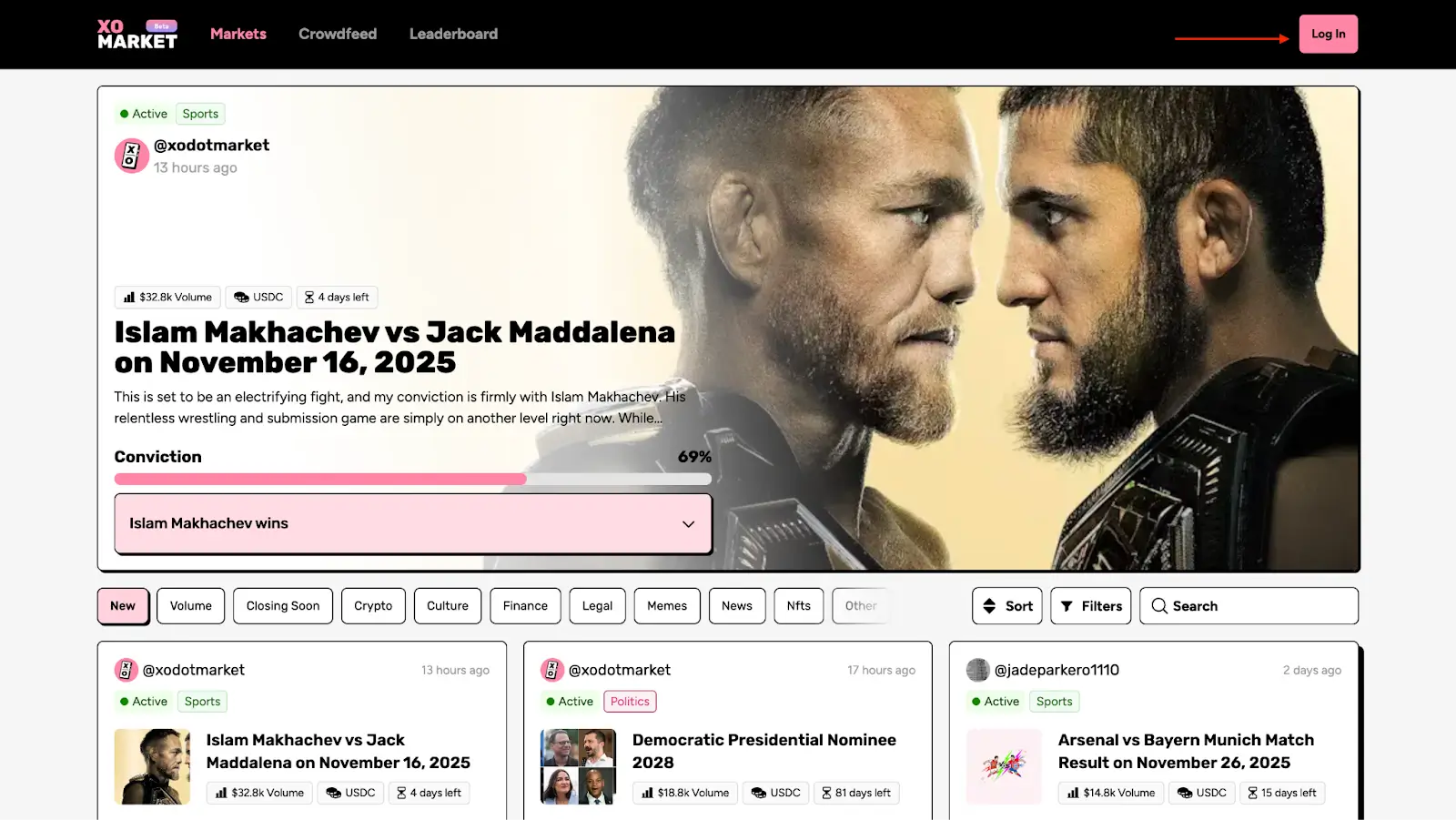
- You need an invite code to utilize the app once you’re in.
- Use code: ‘XO-BLOCMATES to get in.
- Signing in takes you directly to the home page, where you can access available conviction markets to trade.

- After signing in, proceed to make a USDC deposit (USDC on Base, Ethereum, and BNB Chain are supported at the moment), click on “confirm & deposit.”


- After depositing, you will be directed to the homepage, where you can view all the available markets.
- Proceed to click on a market of choice to trade.

- Select a position and enter the amount you wish to purchase. The “To win” reflects the odd value of your position, which is also reflected in multipliers as seen with “2.44x” below.
- Proceed to click the pink button to either “Buy or Sell” the position.

- Click on Confirm, and your position will be purchased or sold. You will earn CP on every transaction.

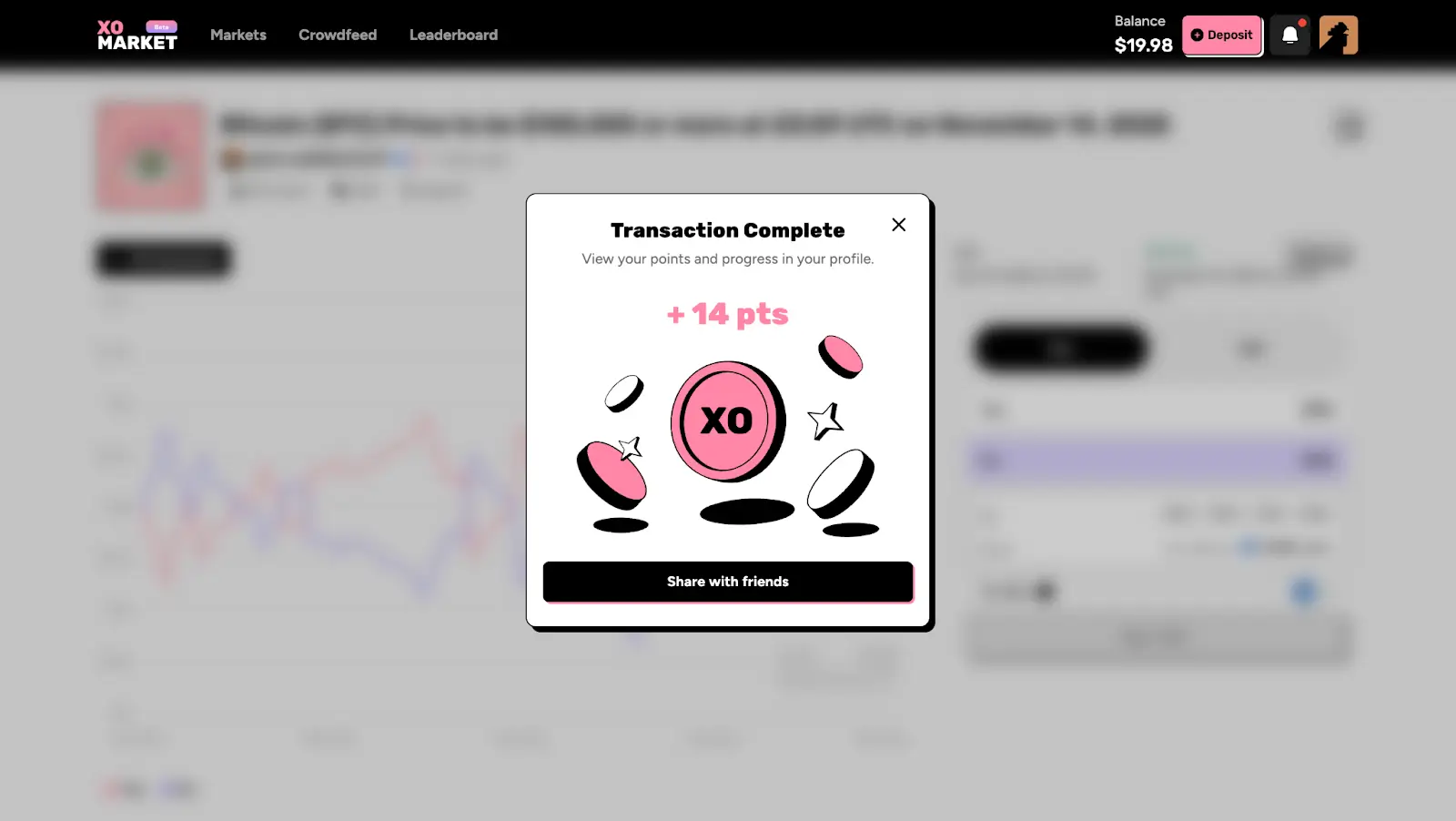
- To view your dashboard, click on your profile at the top right of your screen, and you’ll be taken to your dashboard, where you can view your stats, current activity, and activity sum. Here, you’ll also be able to check the amount of CP you have earned.
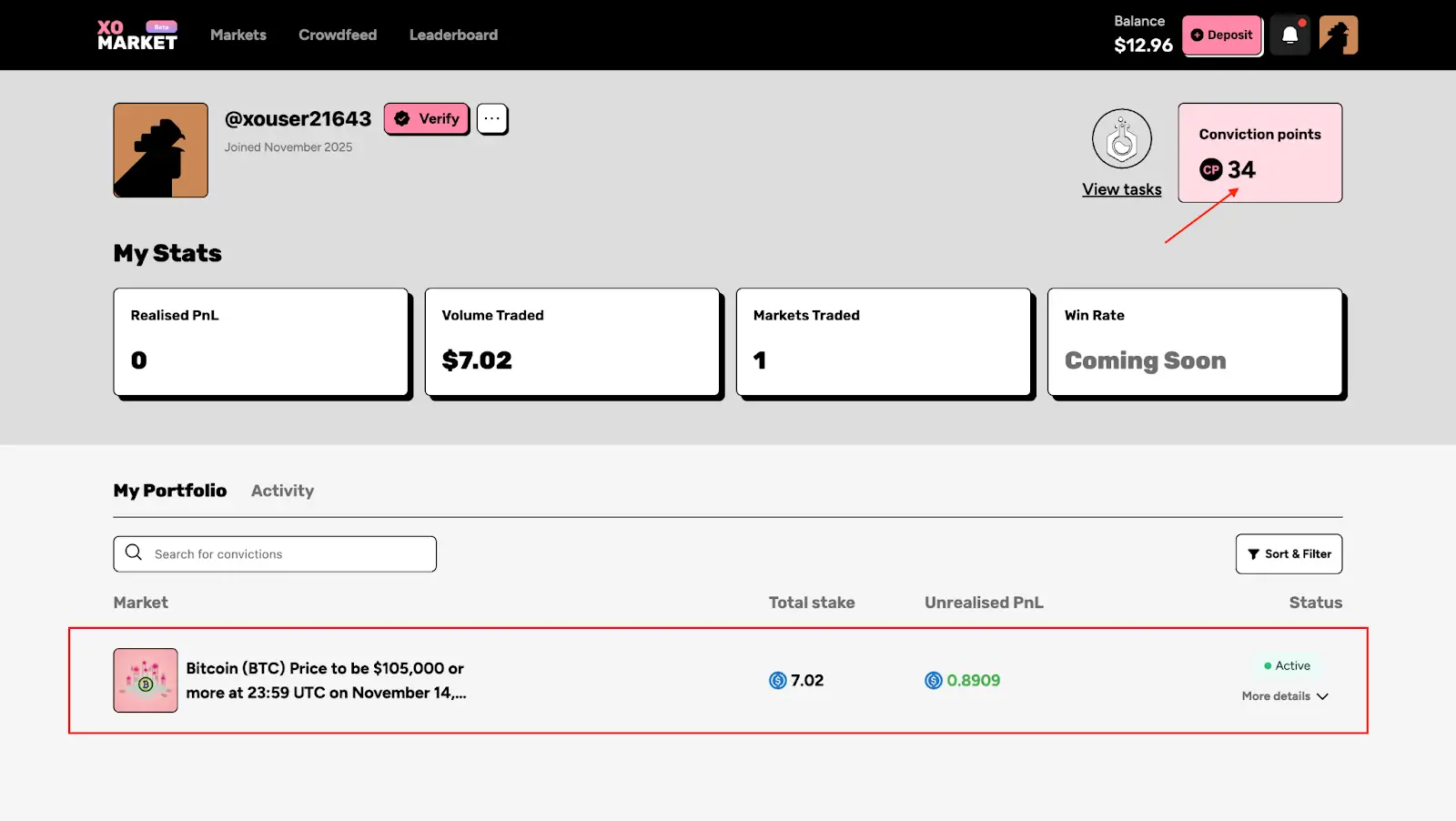
Open market creation: Best practices
Now that the Beta is live, you can create markets right off the bat. To do so, it is important to understand that creating a high-quality market on XO Market goes beyond having a great question.
The best markets are tailored to be clear, easy to understand, have objectively measurable outcomes, and are capable of sparking interest and engagement.
A market that’s both trustworthy and engaging is far more likely to attract liquidity, conversation, and sustained activity.
For example, to maximize your chances of launching a market that attracts traders and earns liquidity, the title should read like a factual statement that will be easy to resolve.
- “Bitcoin closes above $100,000 on December 31, 2026.”
- This will be easy to resolve to a YES or NO position.
- This will be easy to resolve to a YES or NO position.
- Instead of “Will Bitcoin keep running?”
- This screams vague.
Another thing you can and should get into the habit of doing is to ensure that the timeframe strikes a balance: it should neither be so short that the market has no time to build interest, nor should it be so long that participants lose focus.
To do this, provide the date in UTC (or a clearly specified time zone) and ensure traders know exactly when trading ends and the resolution occurs.
Furthermore, ask yourself, “Could a neutral person, unfamiliar with this market, independently check the source and verify the result in under a minute?” If not, tighten the source.
A great way to tighten the source is to include direct links or identifiers (e.g., API, table, report section) so that the outcome is objectively verifiable.
Seeding liquidity
Additionally, when creating a market on XO Market, the seeding of initial liquidity is at your discretion.
It is important to seed reasonable liquidity not just to signal confidence in the opinion or question and capture the attention of prospective audiences, but also to make your market easily tradable (less slippage) from the jump.
To start, you pick a collateral token (e.g., USDC), add some initial liquidity, and decide on your creator fee (0-1%). This will be the slice of trading volume you’ll earn as people trade.
However, note that the higher your creator fee is, the more unattractive your market becomes. Therefore, setting a high fee means getting a bigger slice of a smaller pie.
After your market is seeded into the LS-LMSR liquidity system, the first trades significantly move the price, a reward for strong conviction.
Creator fees will continue to accumulate as the market grows, so your initial stake can evolve into ongoing rewards rather than just a one-time investment.
Finally, it is important not to overdo things. Keep it simple, clear, and serious through the velocity of your seed, and spark a conversation on your social media to draw meaningful attention.
What XO Market unlocks?
XO Market represents a step up from the current design of prediction markets.
For the everyday prediction market user, XO Market unlocks far more interesting markets than what is available on traditional markets.
The difference is as large as looking for entertainment on CNN versus scrolling through social media.
Users can find their interests in liquid markets with impeccable trading experience.
This creates a scenario where anyone can keyword search for a niche they are knowledgeable about, find relevant information, and take a position with confidence.
For example: Will the “Secret Pizza” pop-up in Austin sell out in under three hours?
Quite niche, quite shareable within your community, and quite clear.
Beyond casual participants, XO Market gives experts, creators, and influencers a powerful new way to monetize their insights and influence.
Analysts and thought leaders can back convictions with capital, earn returns on accuracy, and continually profit from the attention their ideas attract.
Communities and creators can launch their own markets around shared interests, turning engagement into volume and conversation into ongoing revenue.
The flow: start a discourse → create a market → set your fee tier → earn as your influence drives participation.
At a larger scale, XO Market brings a broader range of ideas and predictions onchain, making valuable market information truly reflect the user interests.
Conclusion
Undoubtedly, onchain prediction markets are proving to be the most consumer-friendly crypto category, as evidenced by the success of Polymarket throughout the year.
While they seem to have found product-market fit outside crypto, XO Market’s value-add with open markets will undoubtedly further the adoption of prediction markets, this time as conviction markets.

But hey! Don’t just take our word for it. The Beta version is live, and you can give it a try. Of course, do a bit of due diligence on your end, and feel free to let us know how it goes.
Thanks to the XO Market team for unlocking this article. All of our research and references are based on public information available in documents, etc., and are presented by blocmates for constructive discussion and analysis. To read more about our editorial policy and disclosures at blocmates, head here.




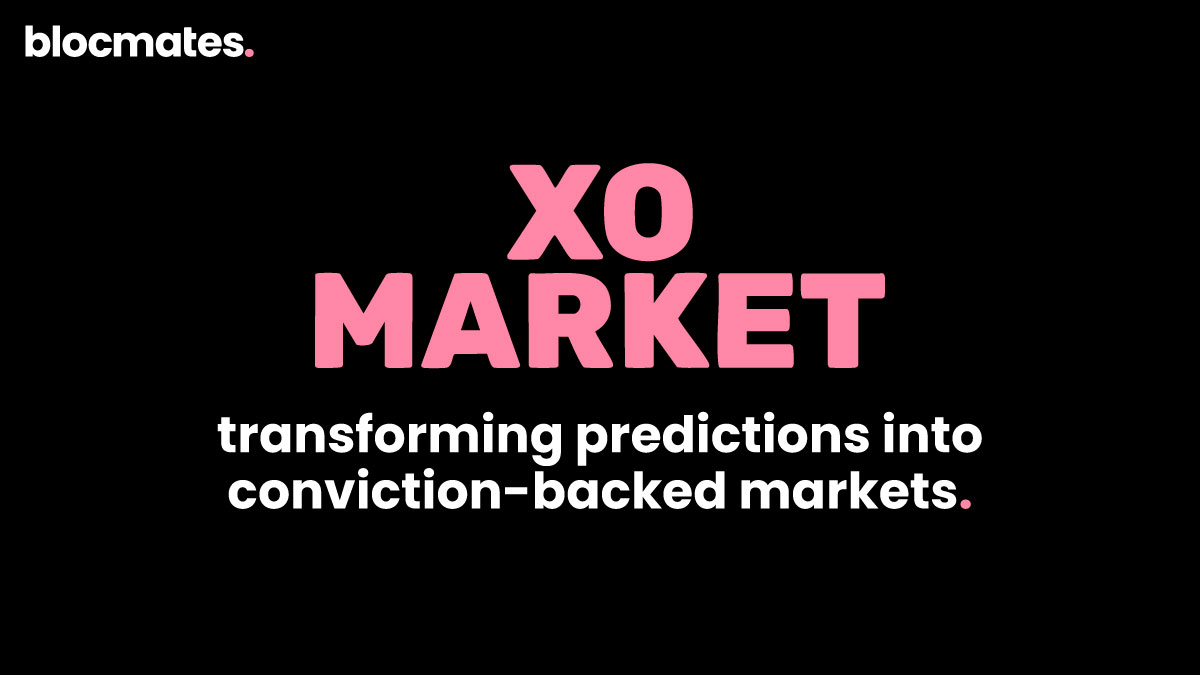

.webp)
.webp)




%20(1).webp)
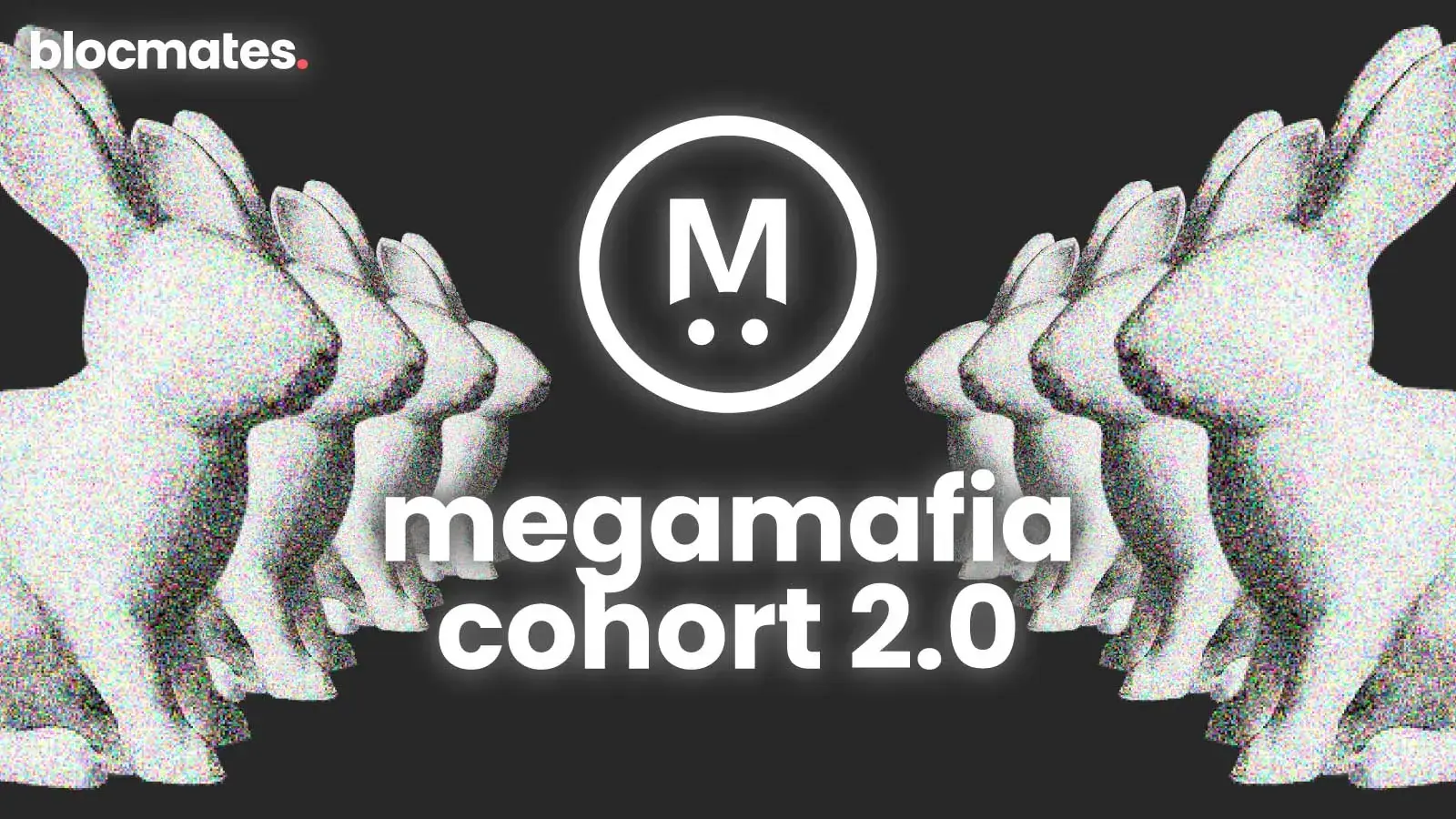
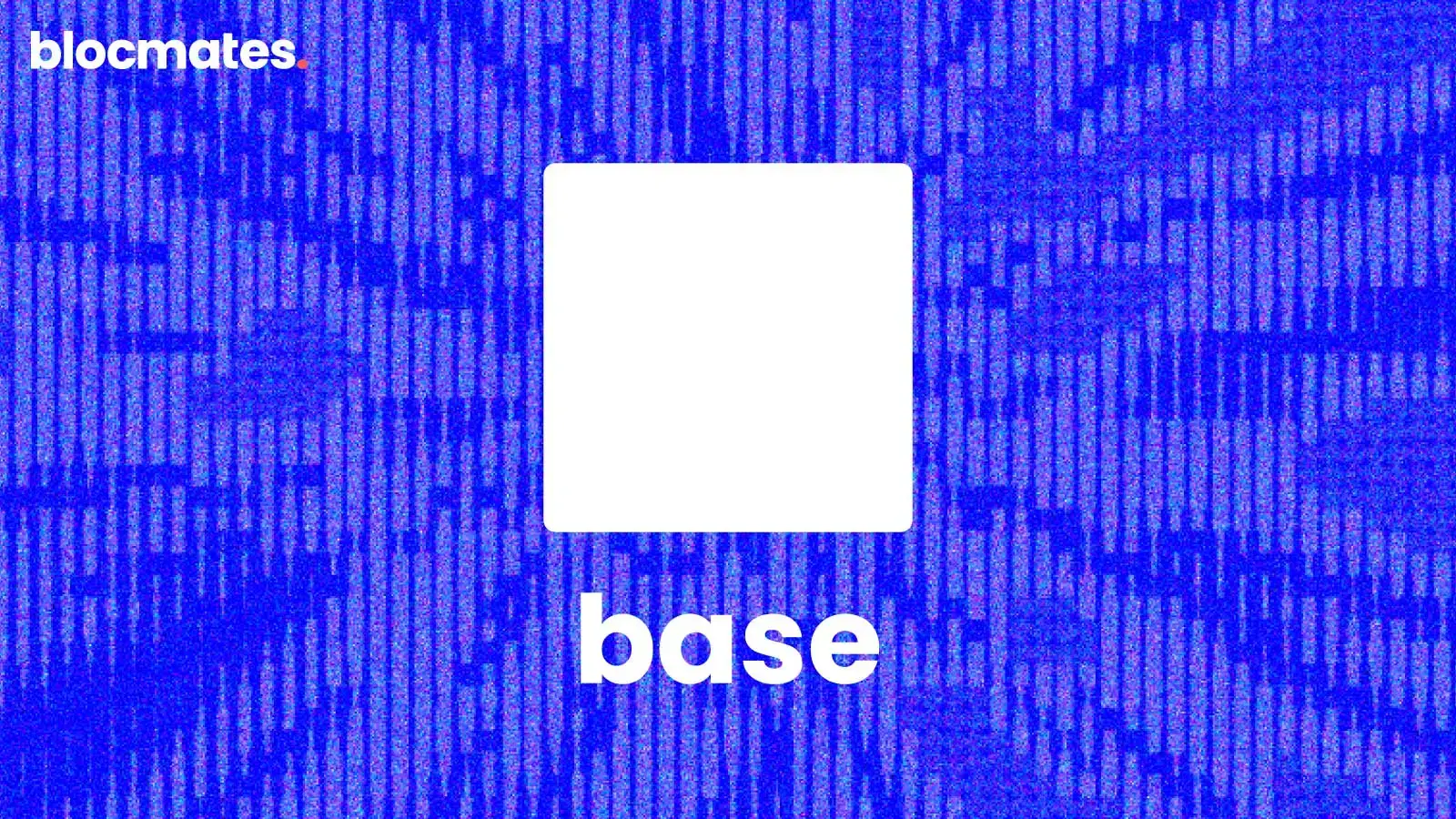
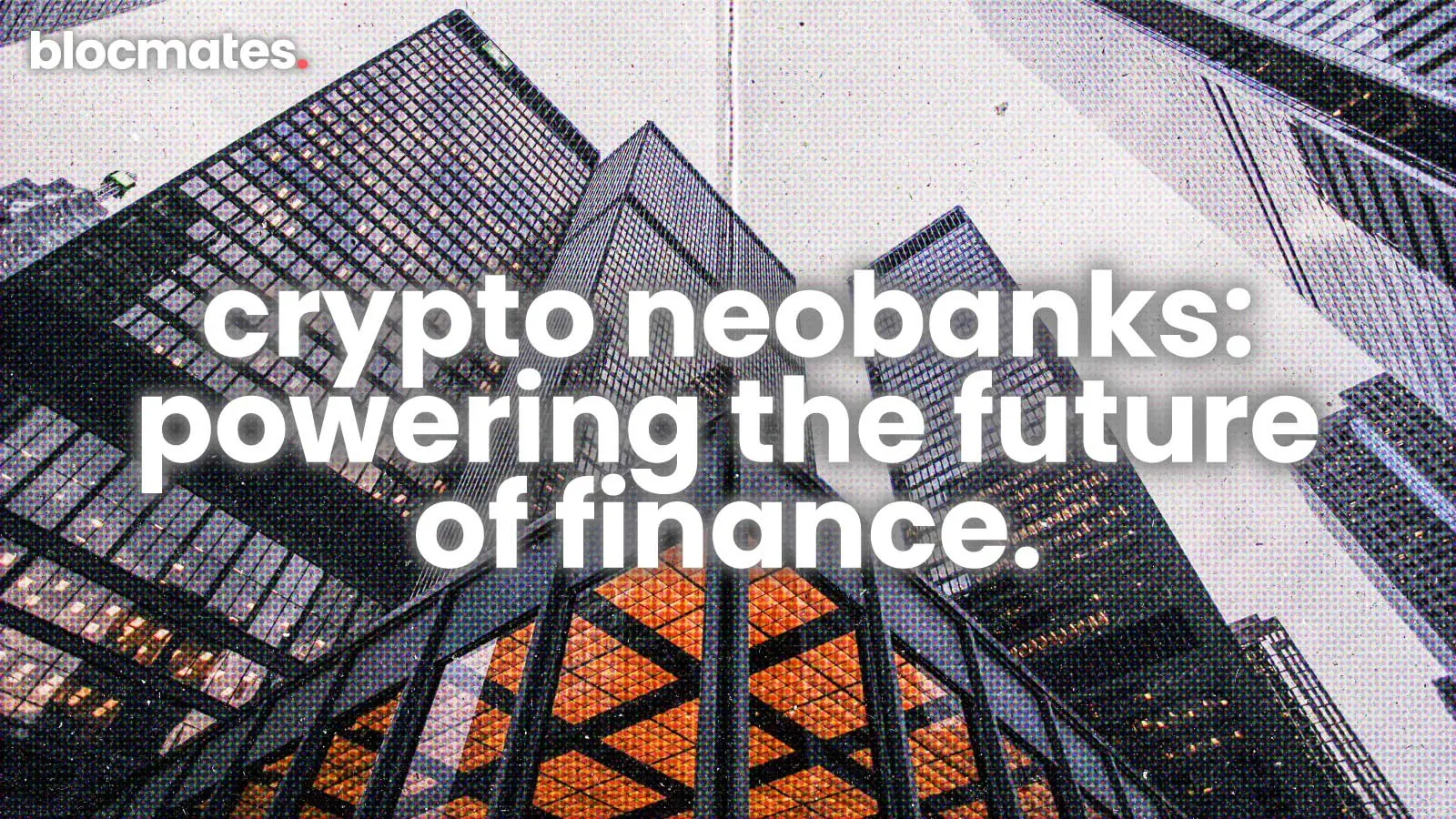


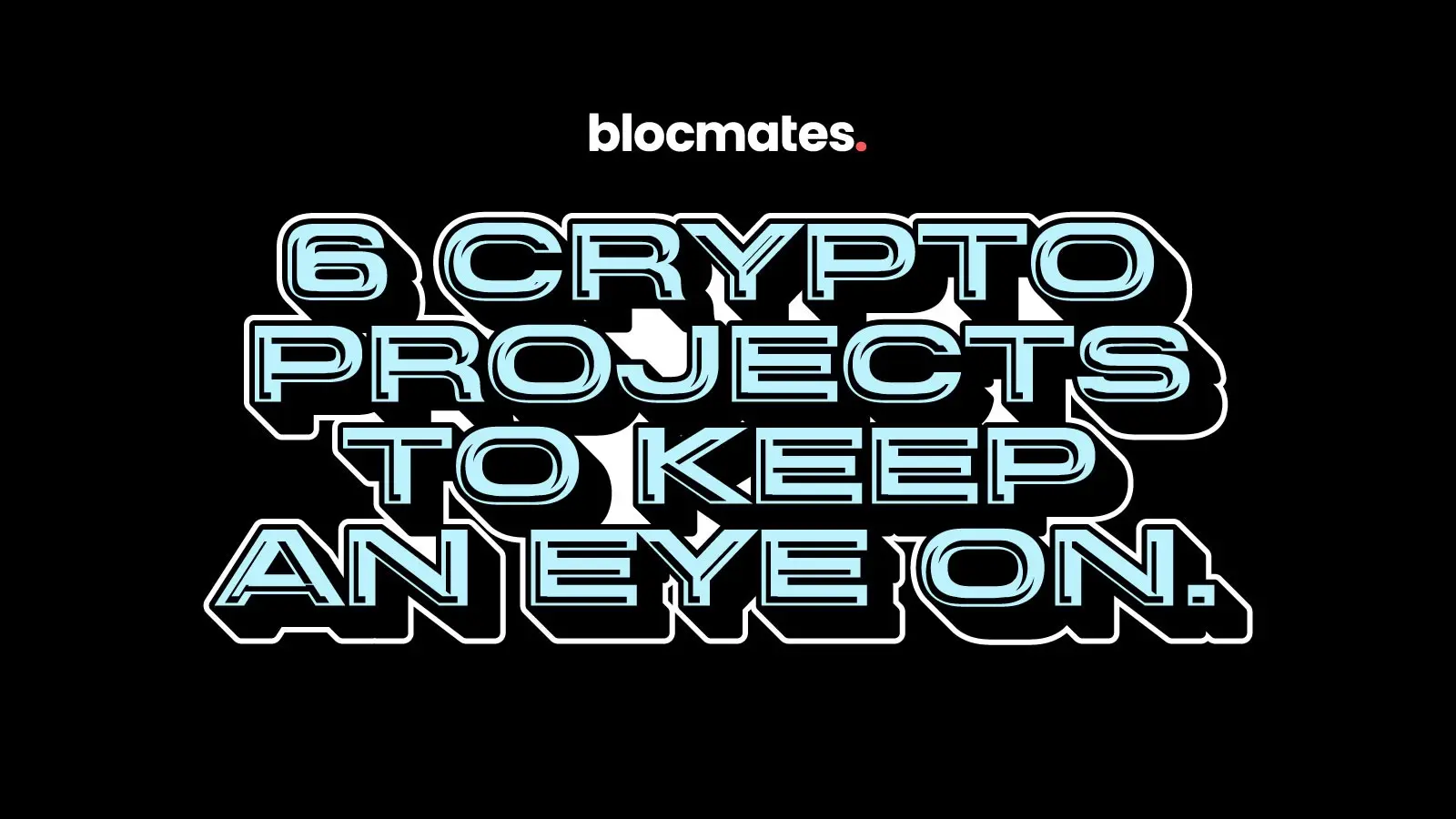
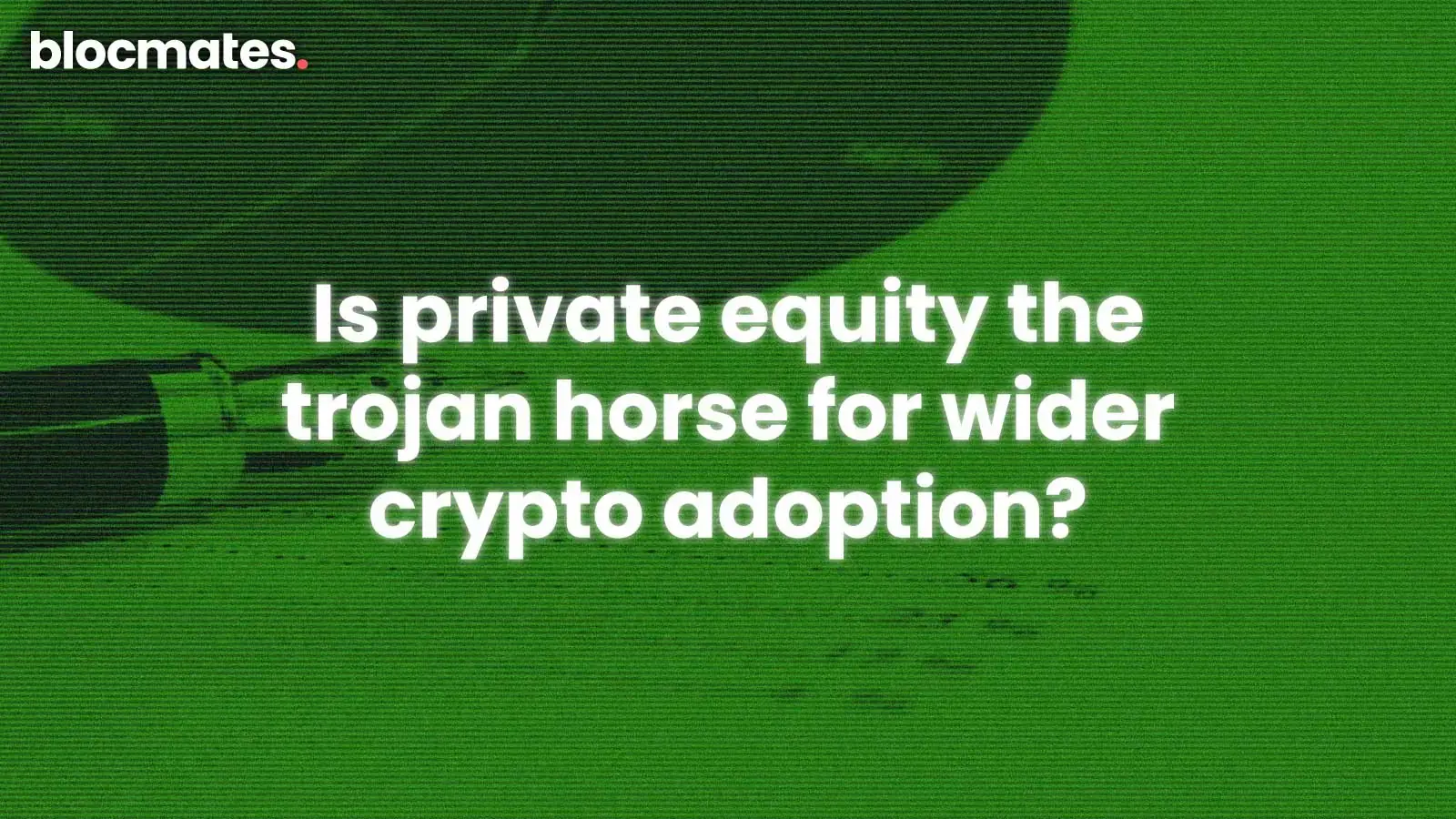
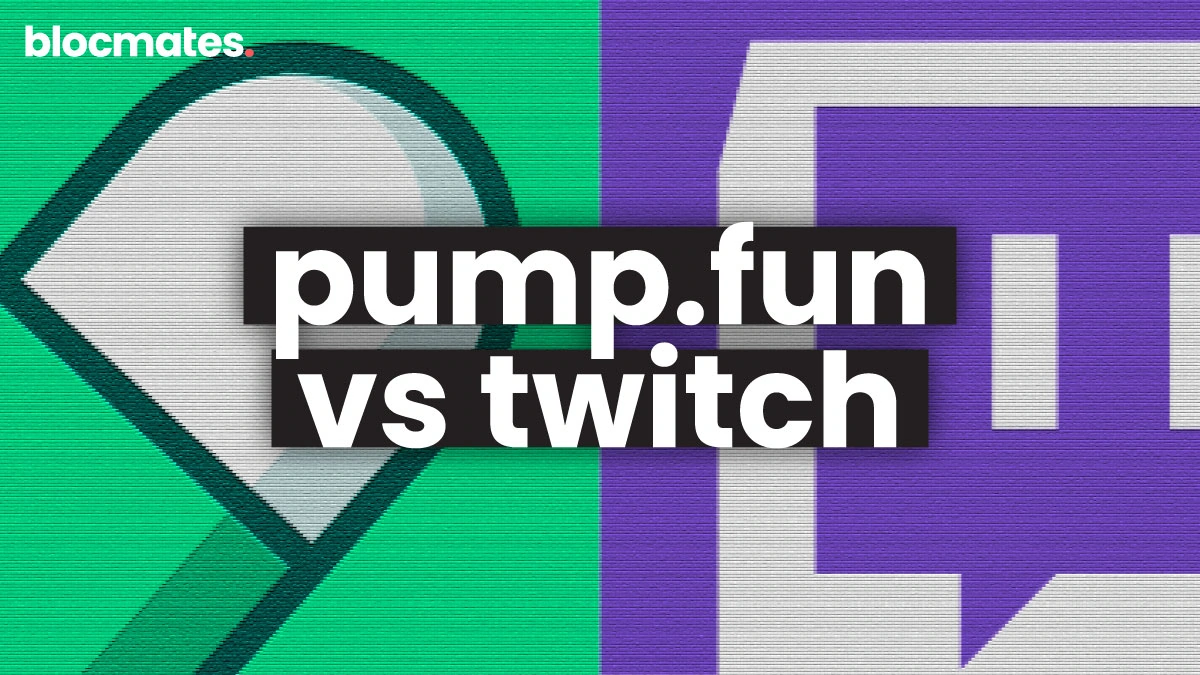

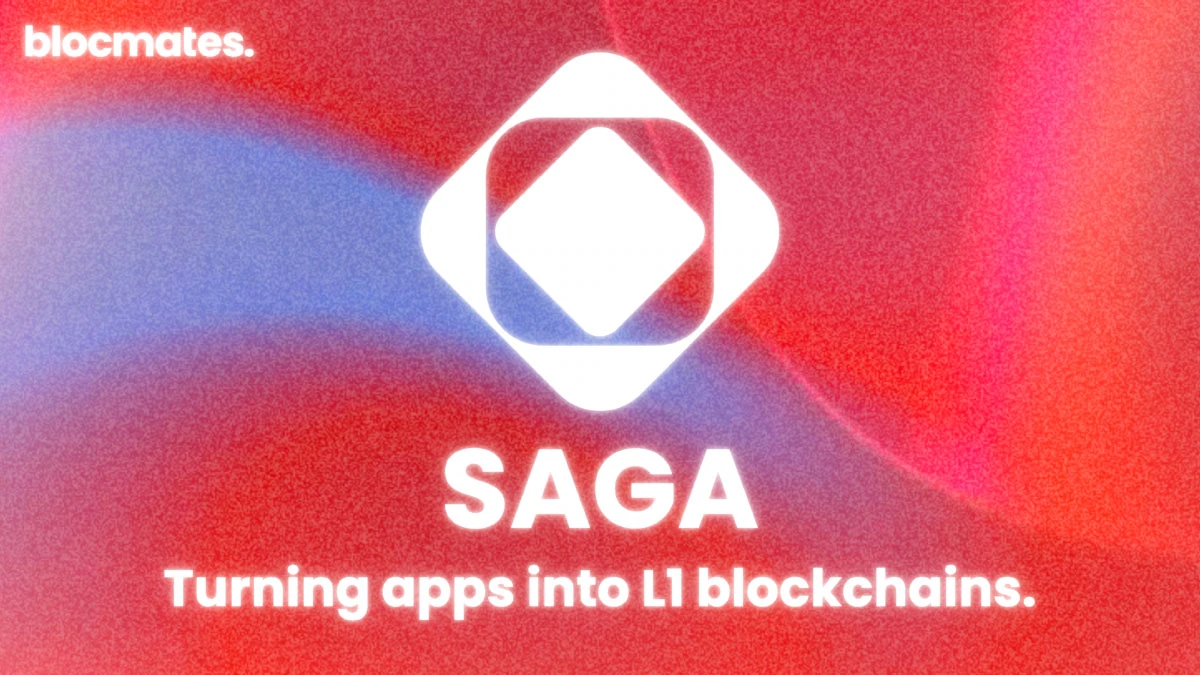



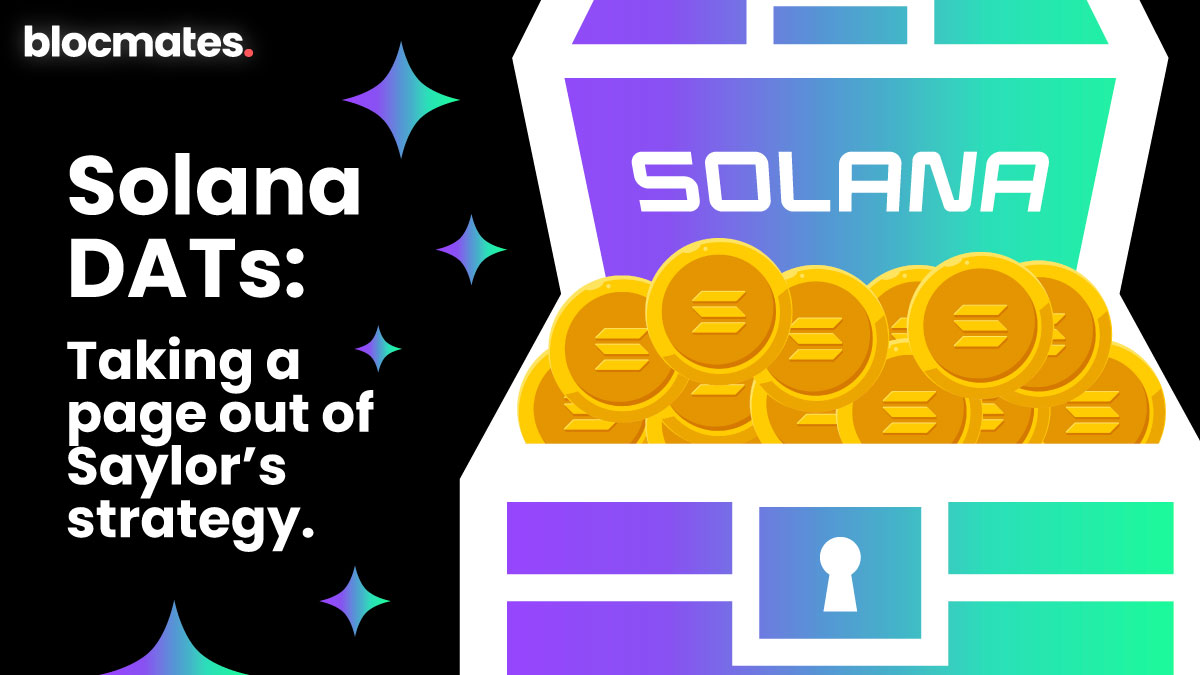


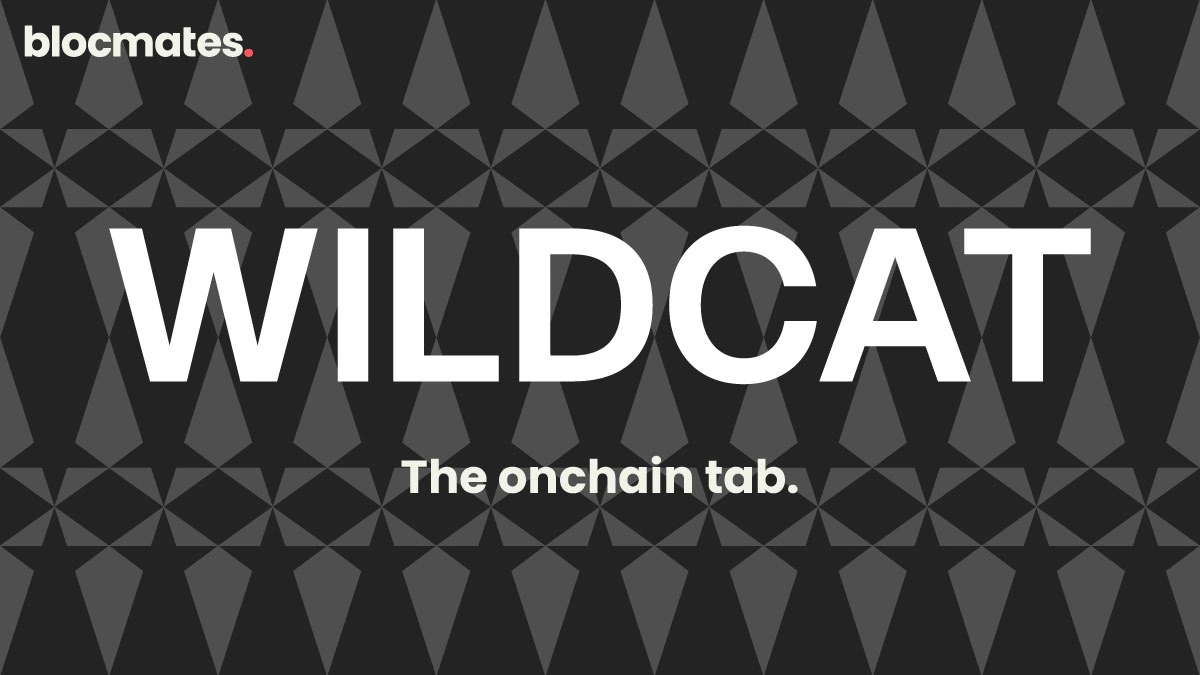


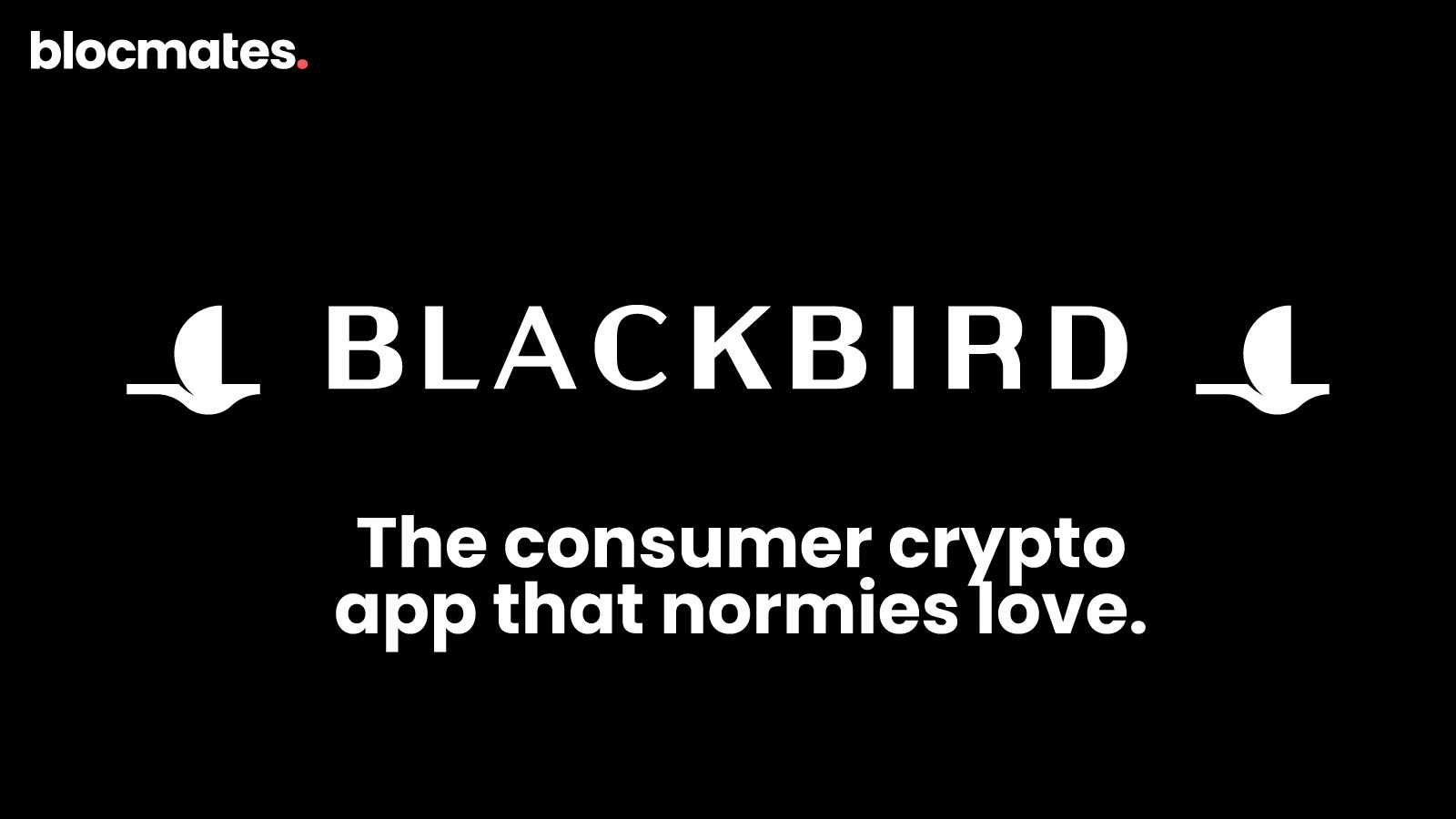





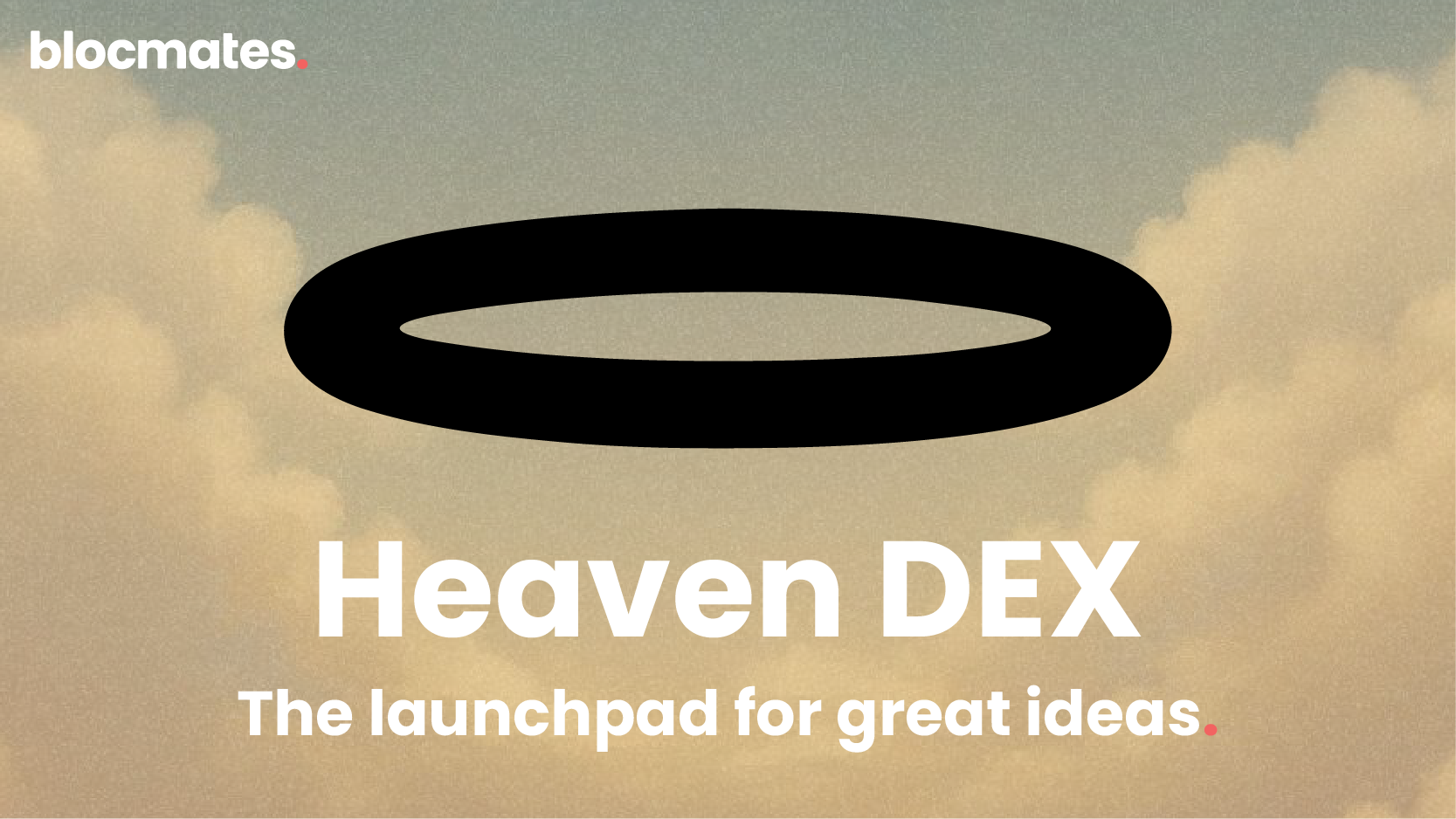

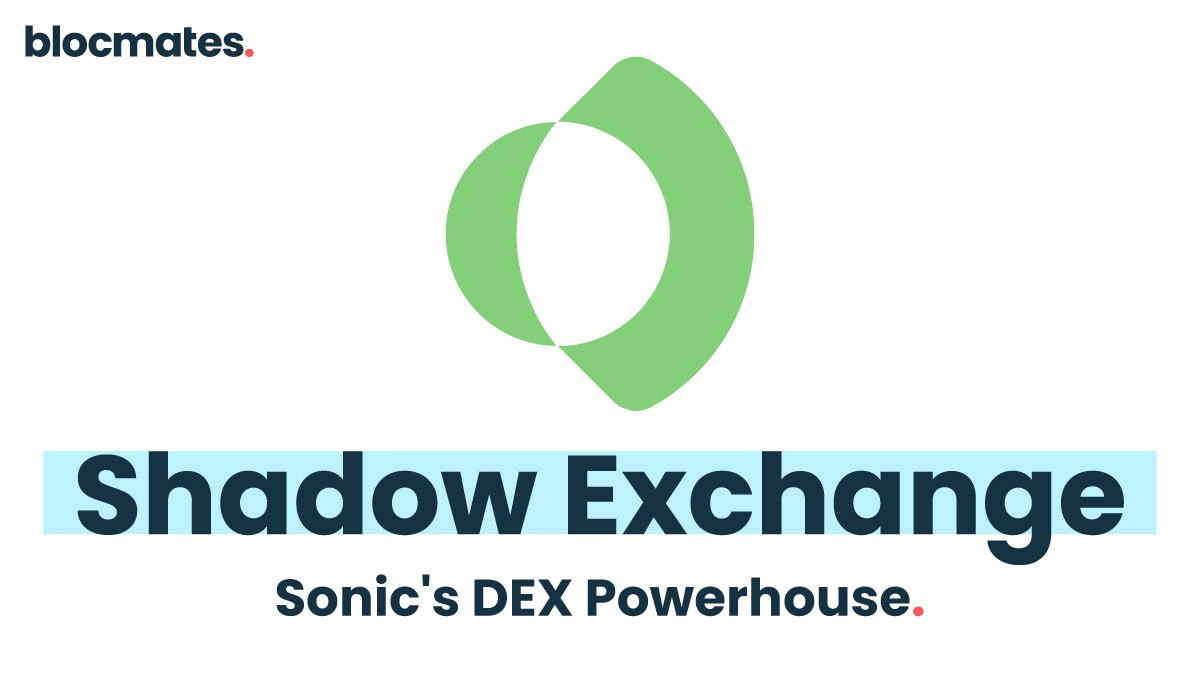
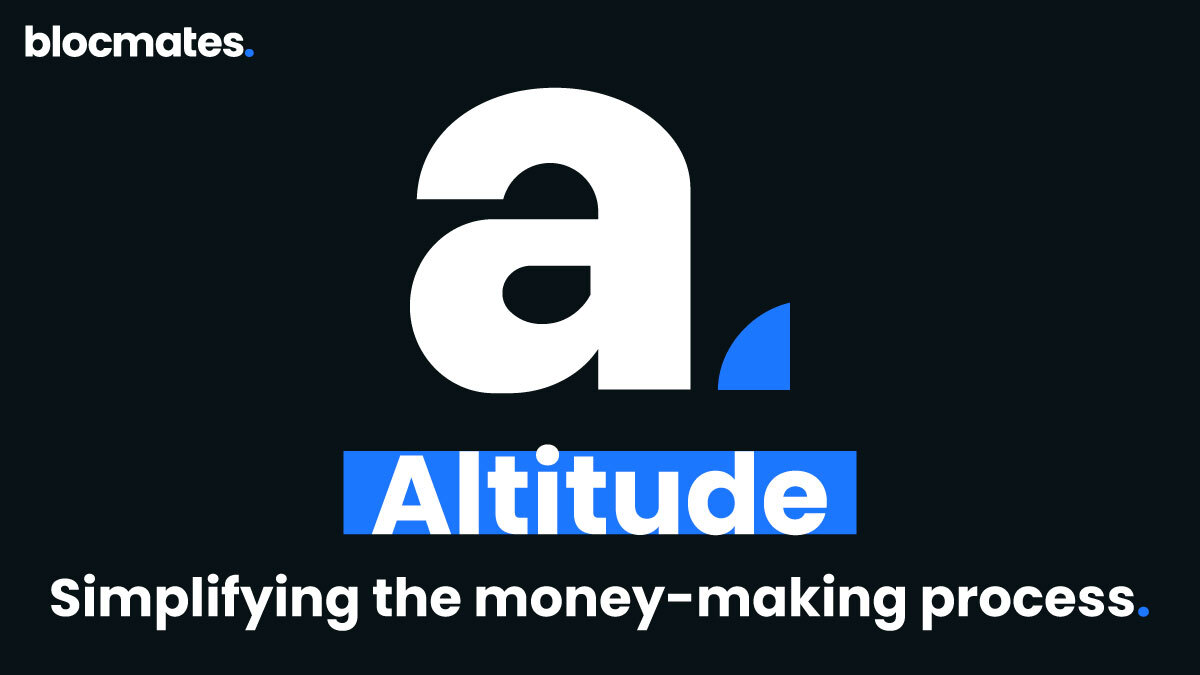

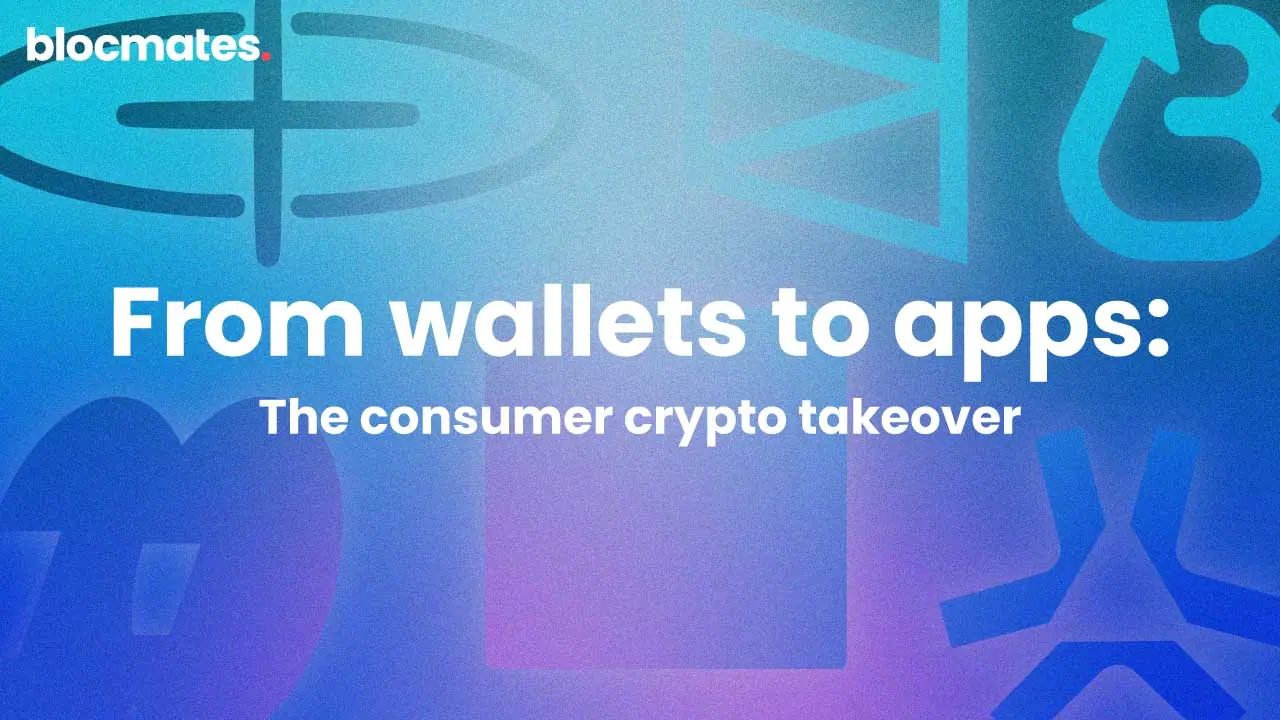
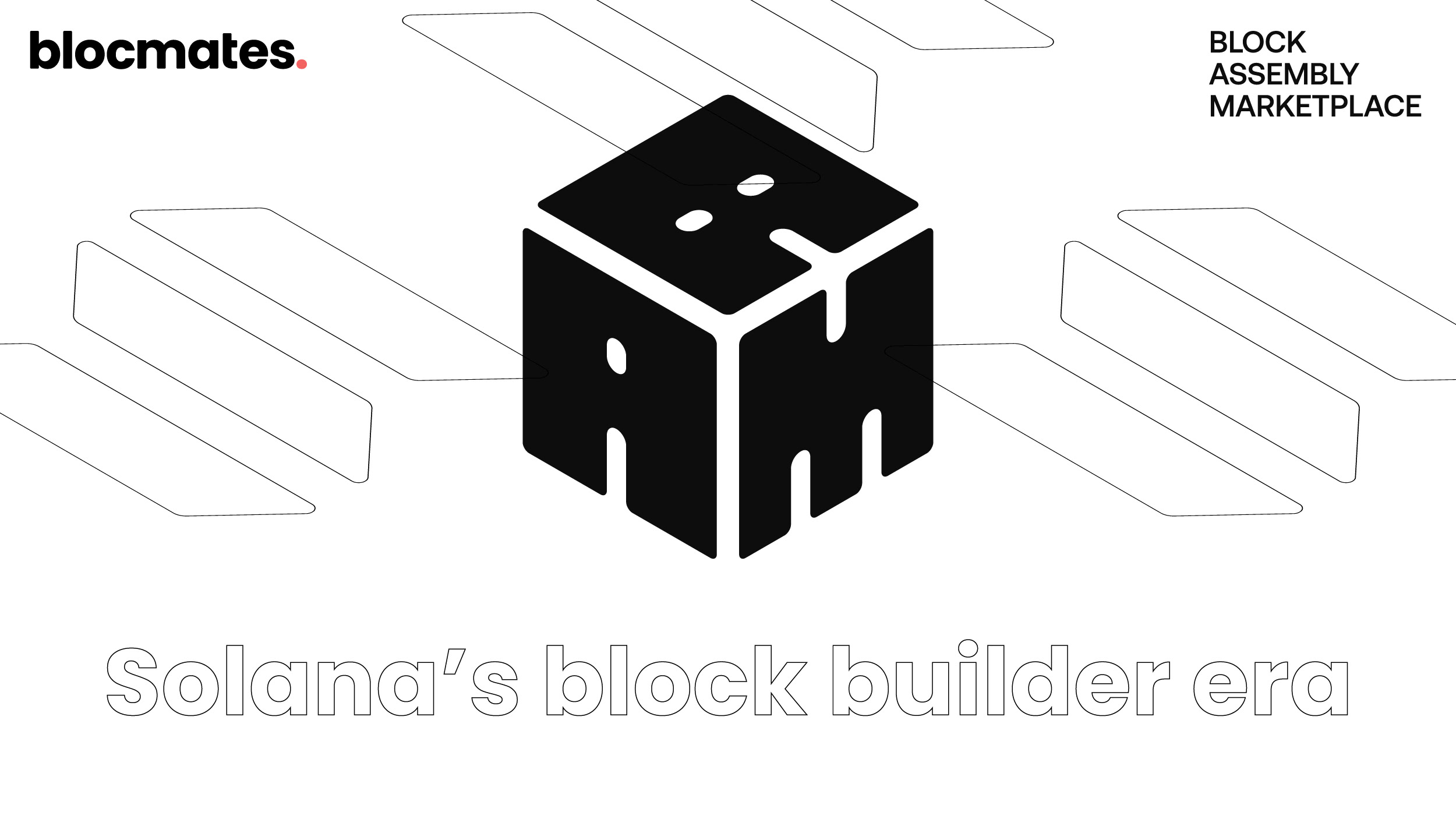

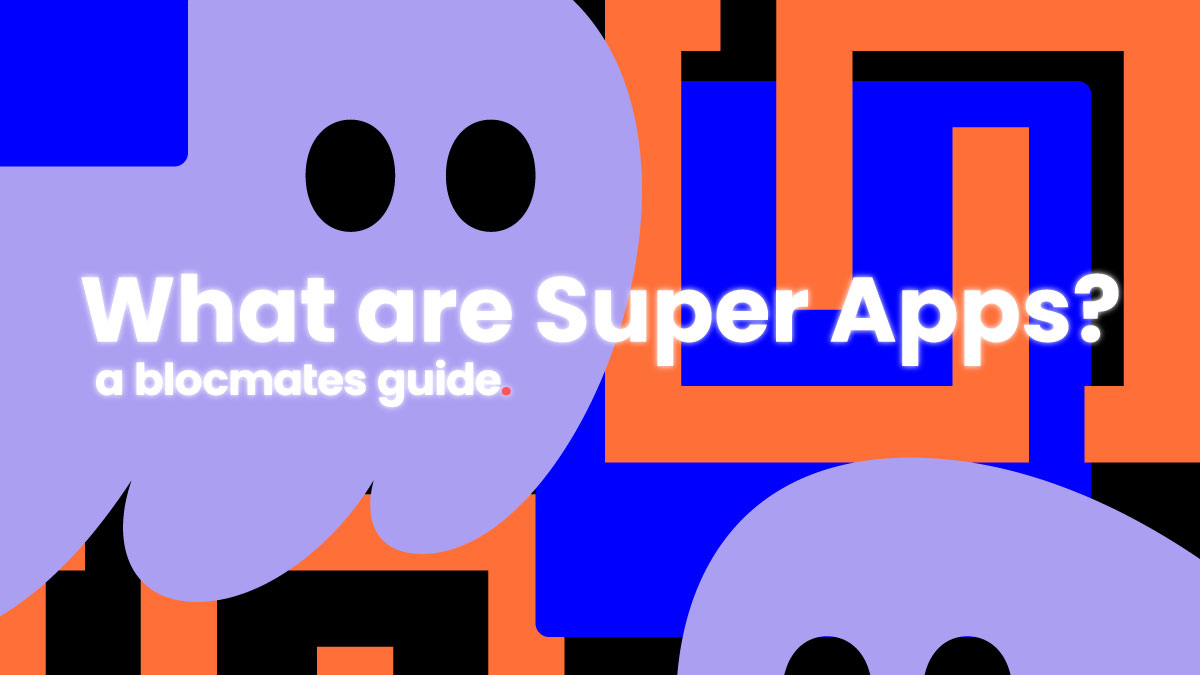
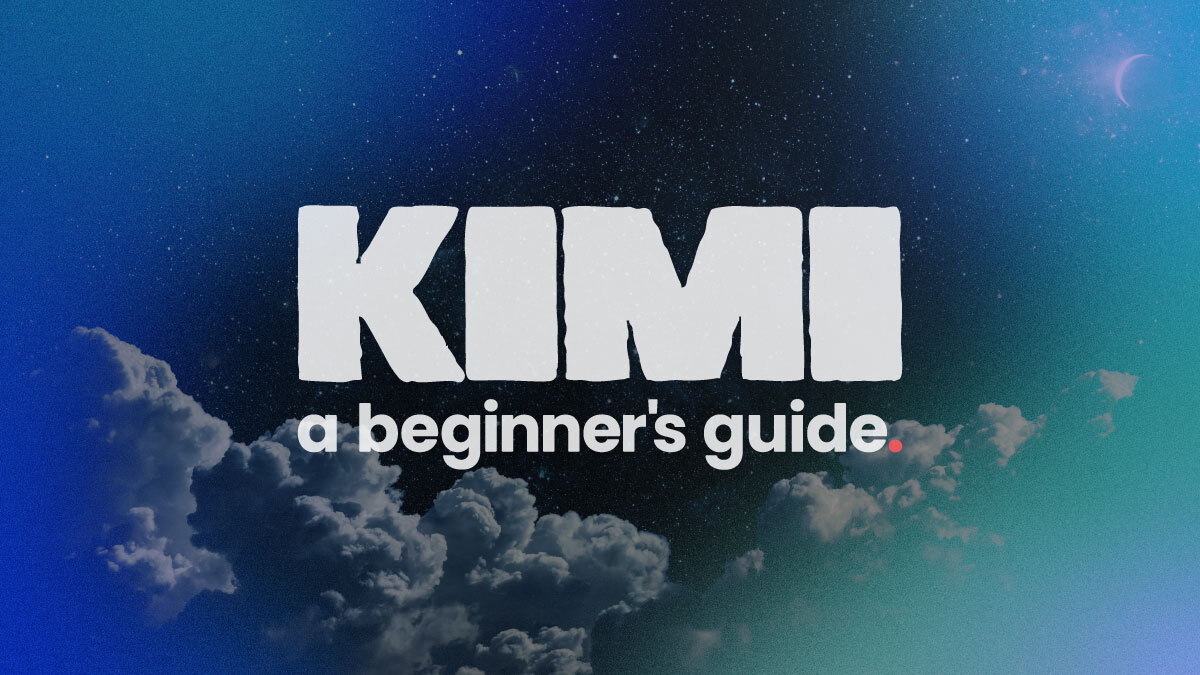
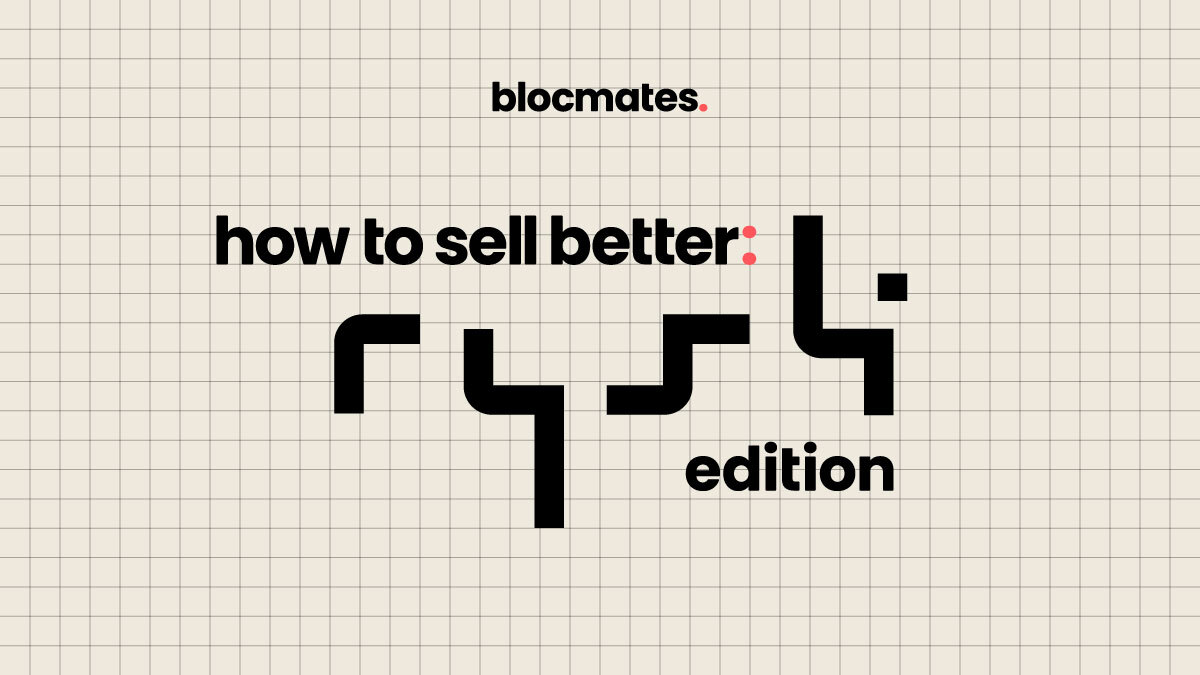























%202.webp)


.webp)

.webp)
.webp)
.webp)


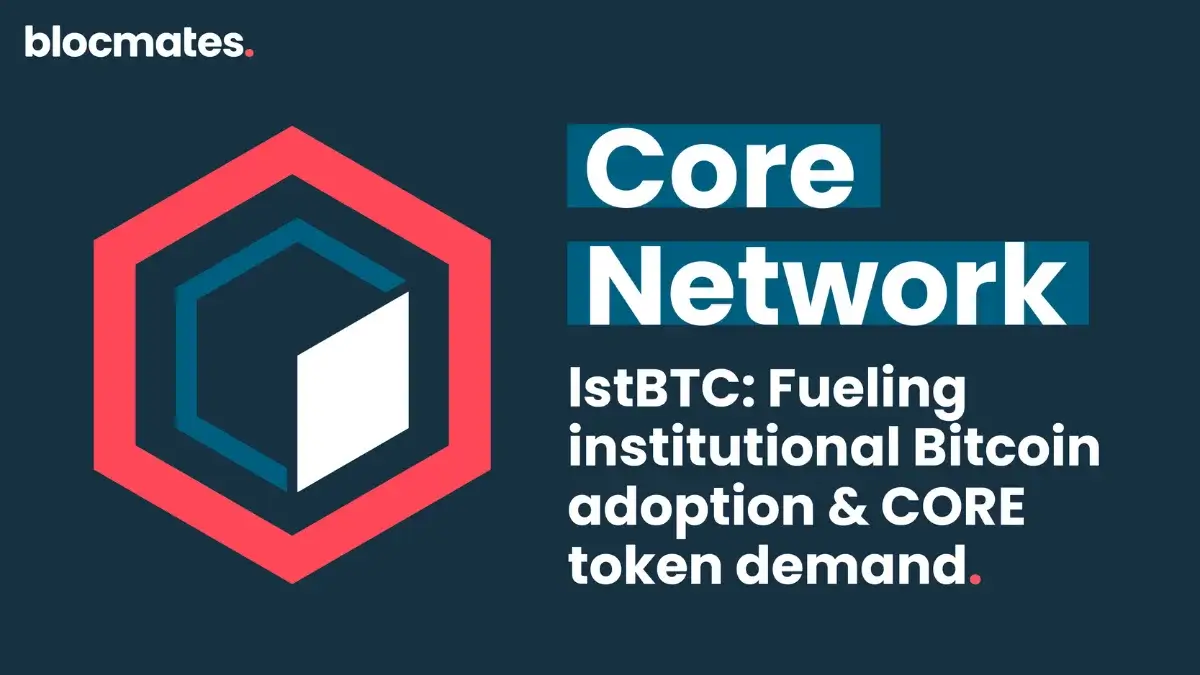
.webp)

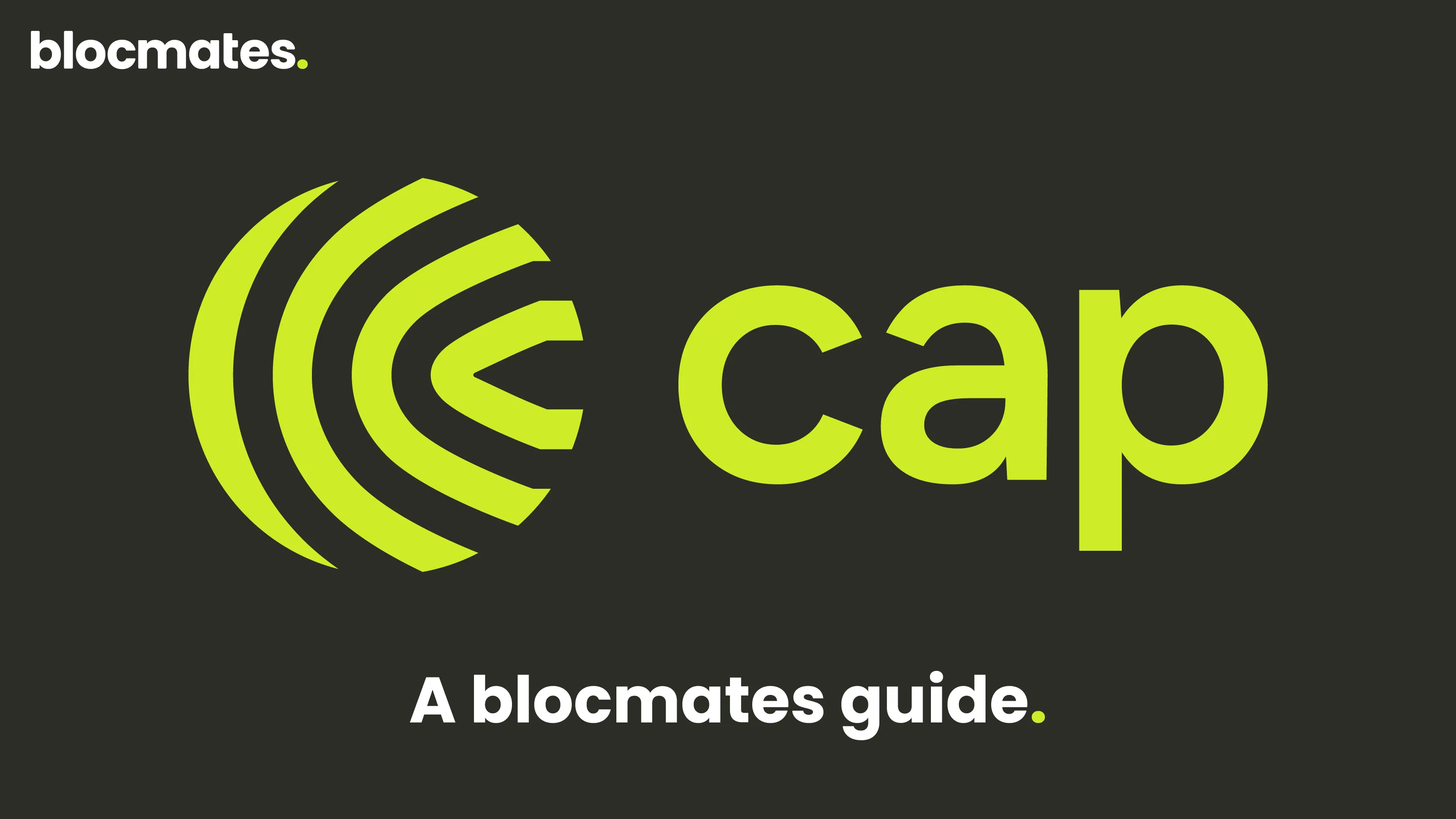










%20the%20Next%20Big%20Unlock%20in%20AI.webp)











.webp)
.webp)

.webp)
.webp)
.webp)


.webp)
.webp)










.webp)


.webp)









.webp)







.webp)




.webp)











.webp)
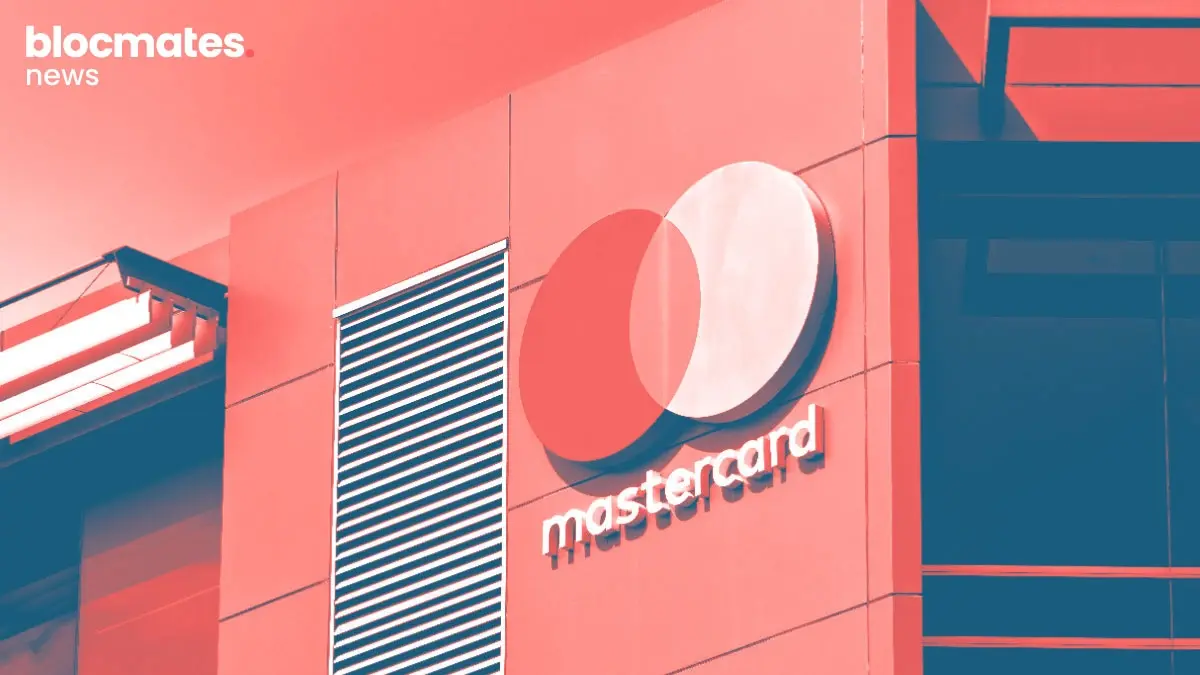




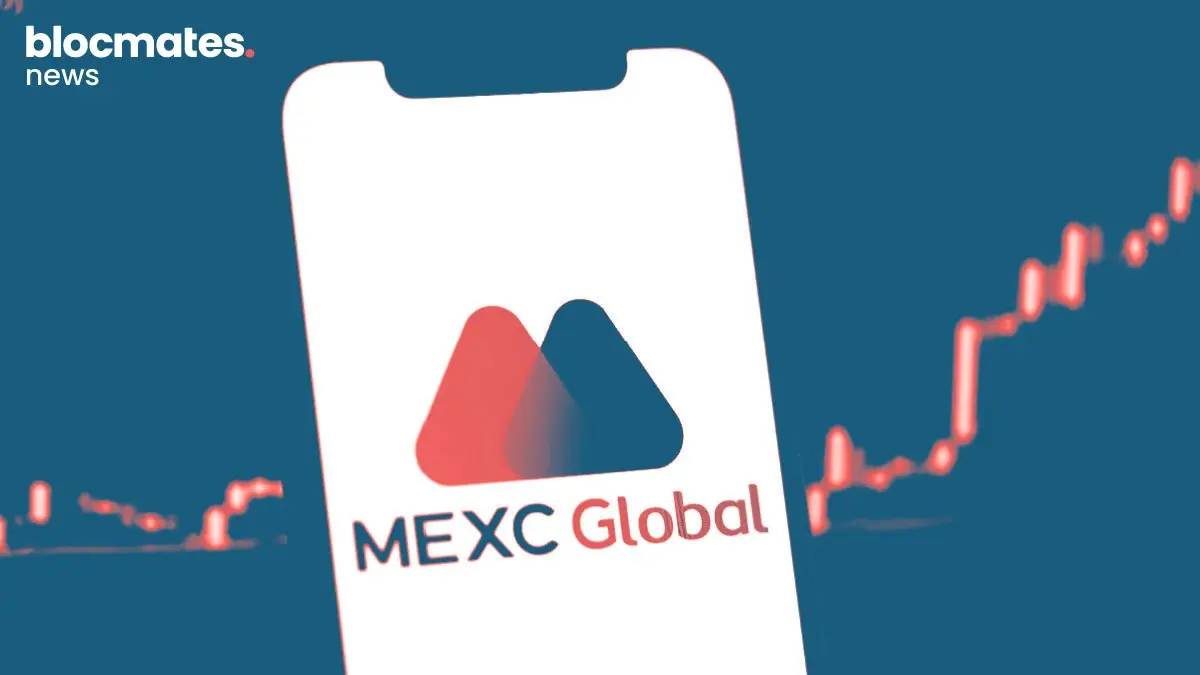

.webp)




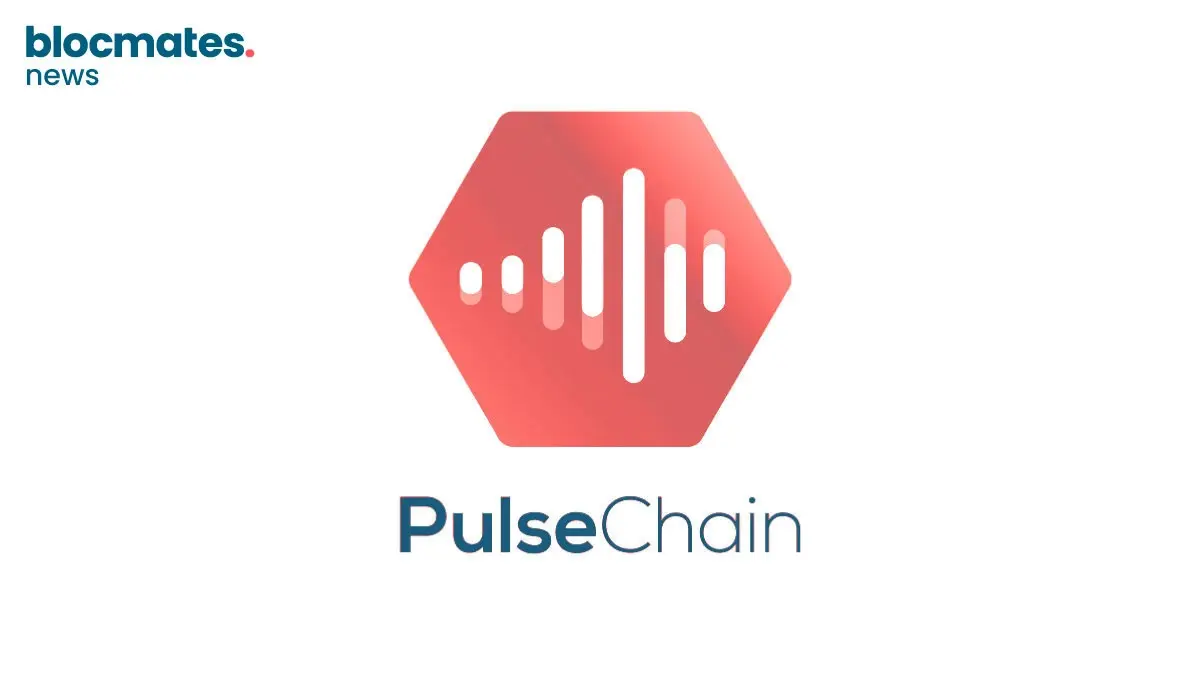

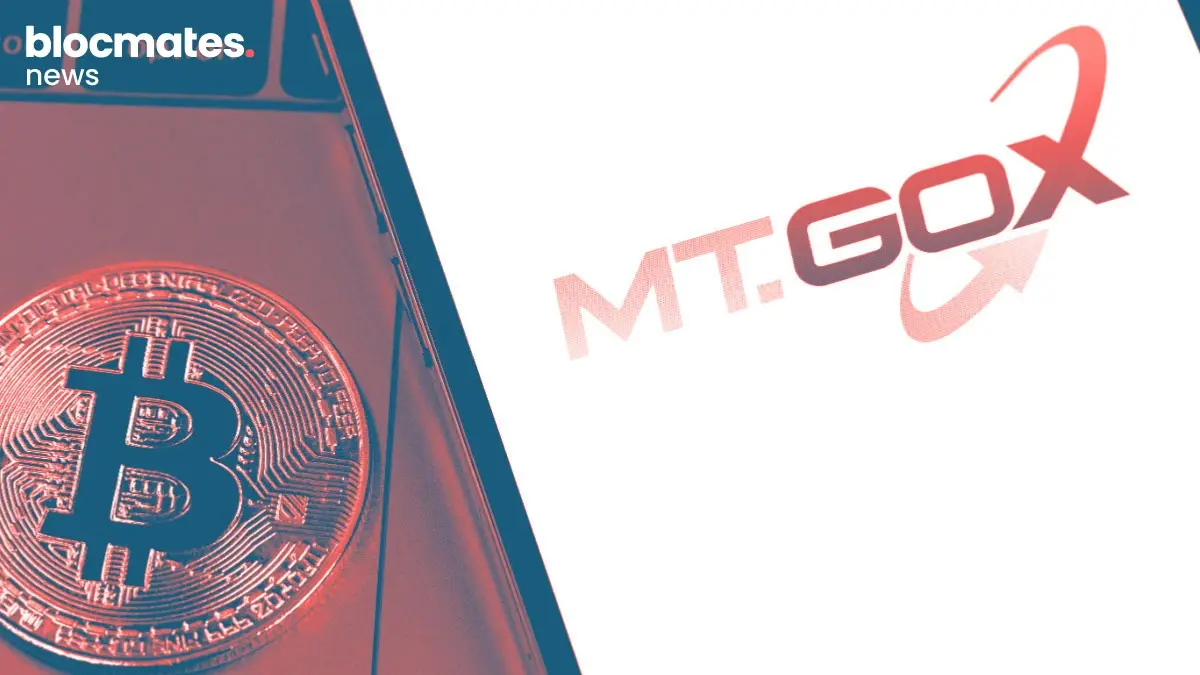




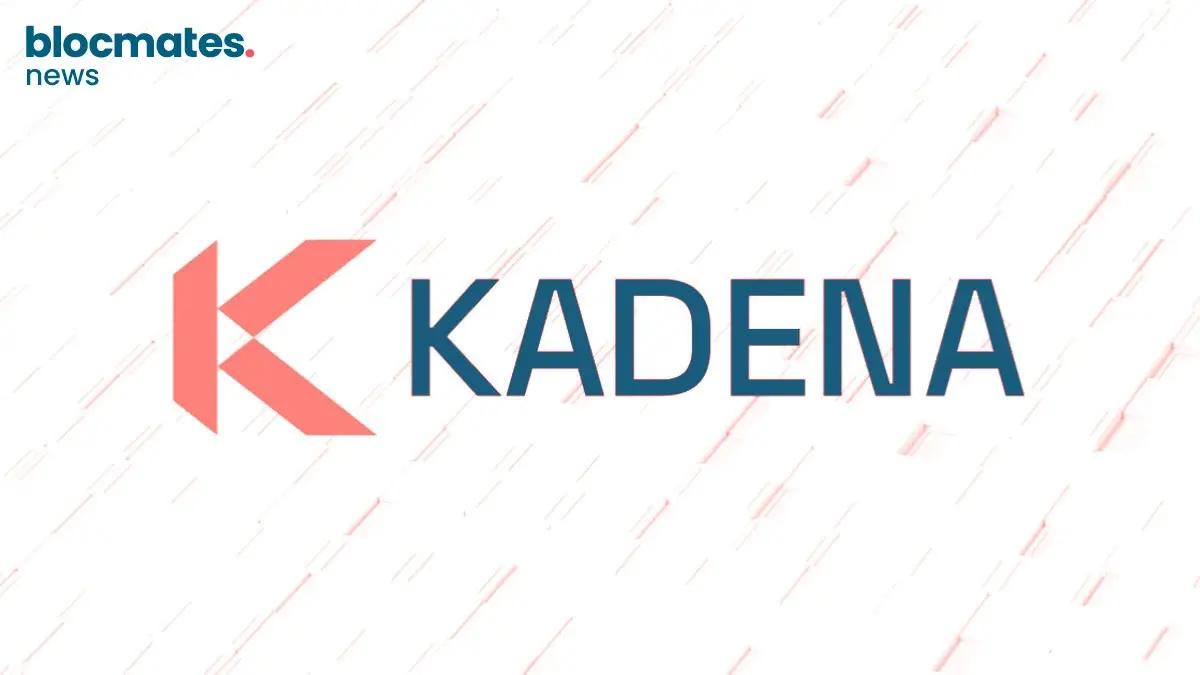



.webp)

.webp)
.webp)

.webp)

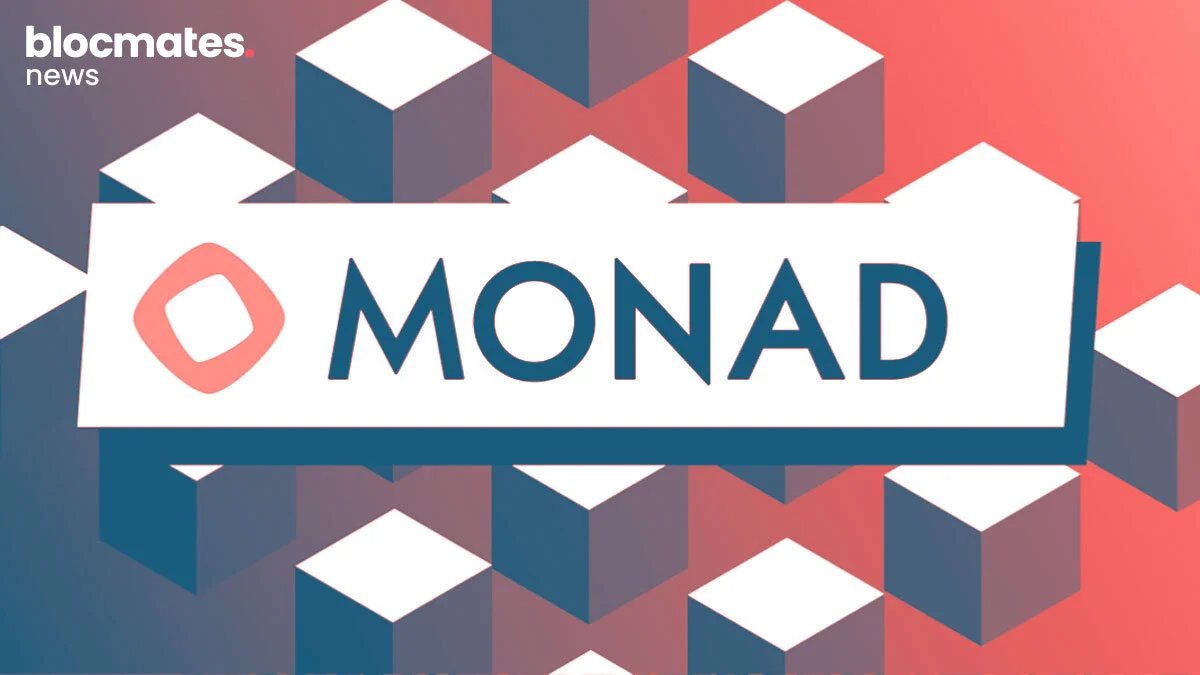

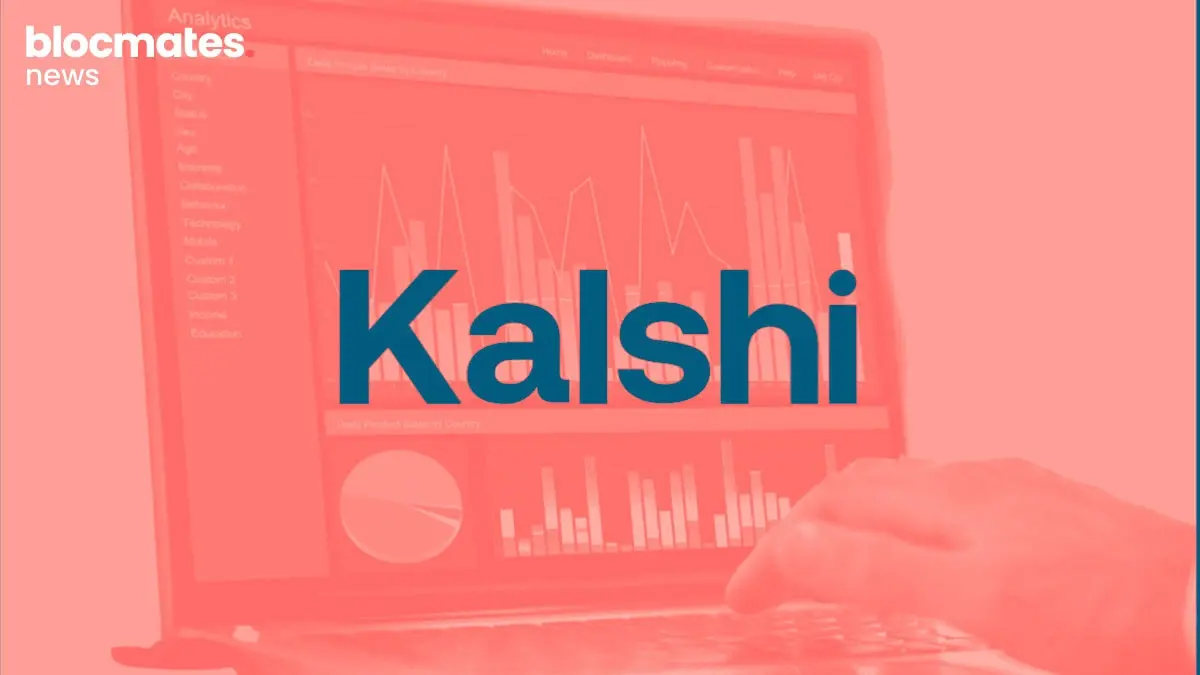




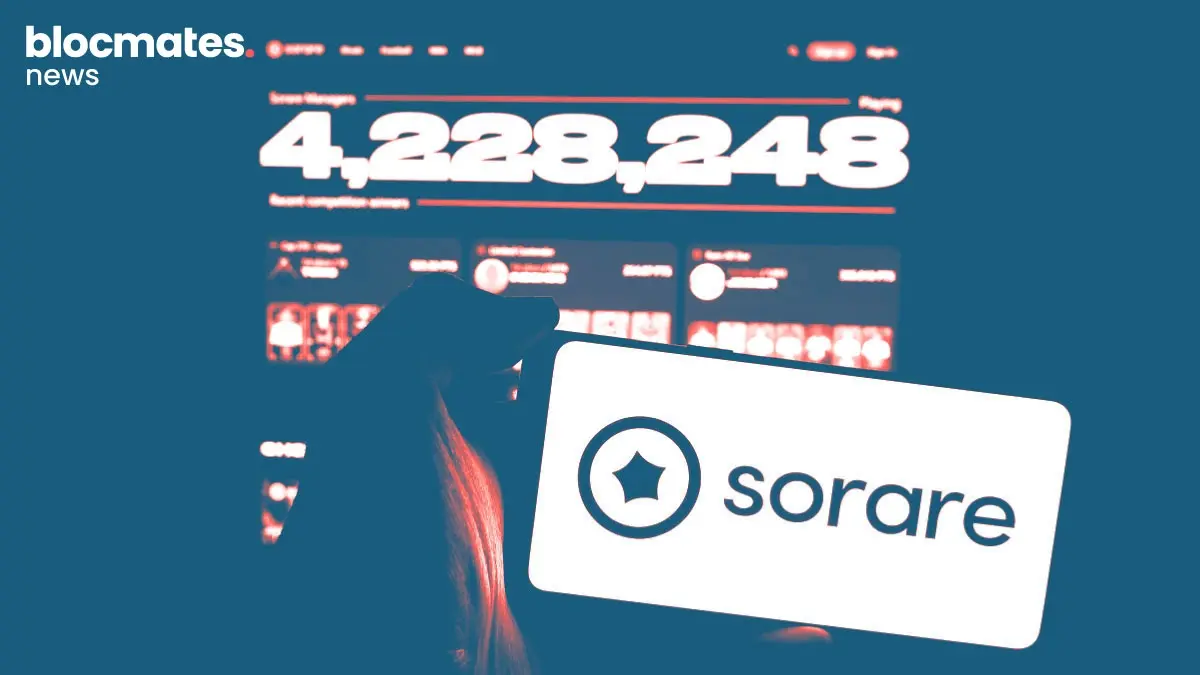







.webp)

.webp)


.webp)



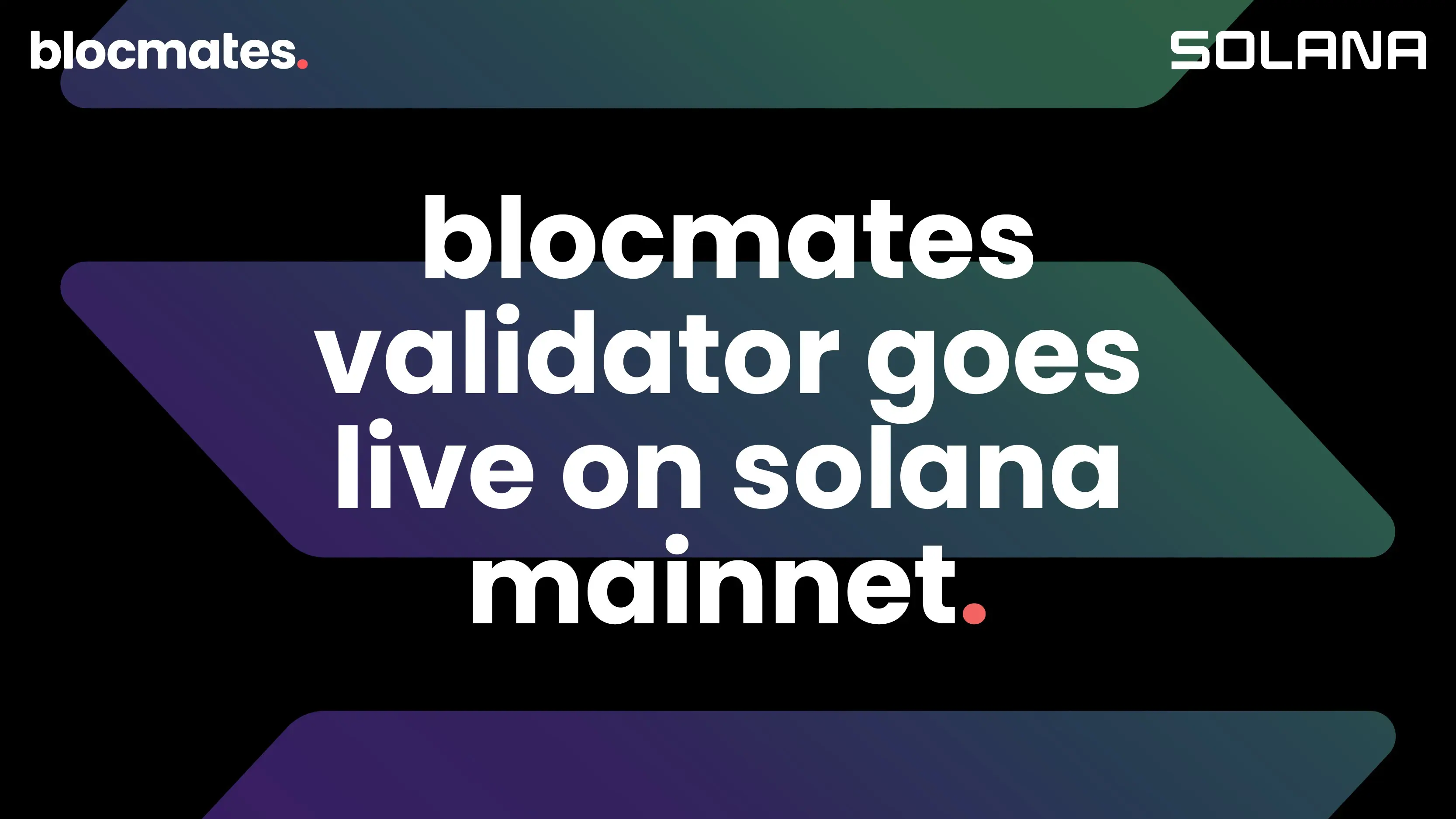
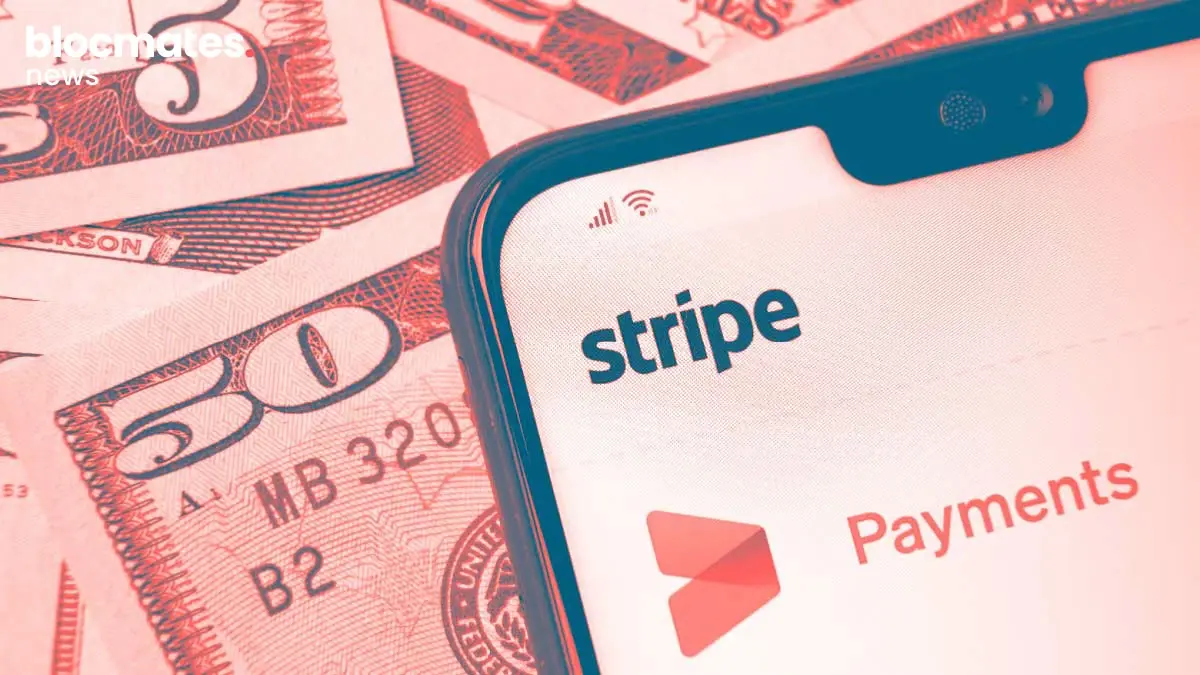



.webp)
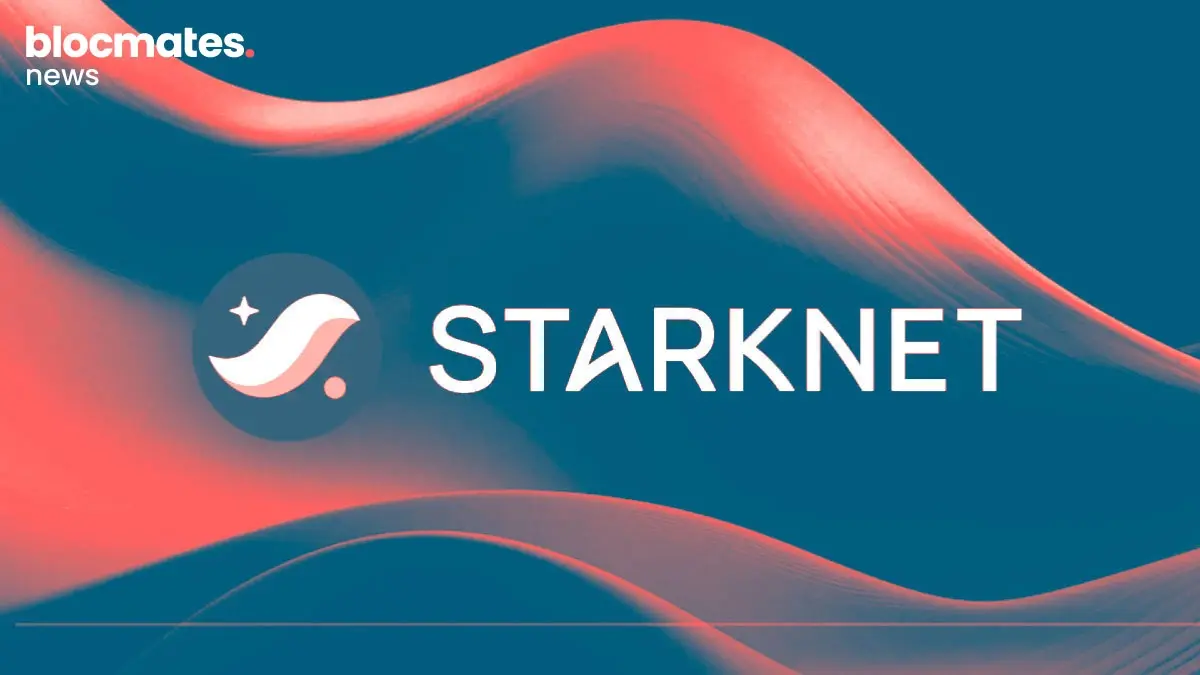













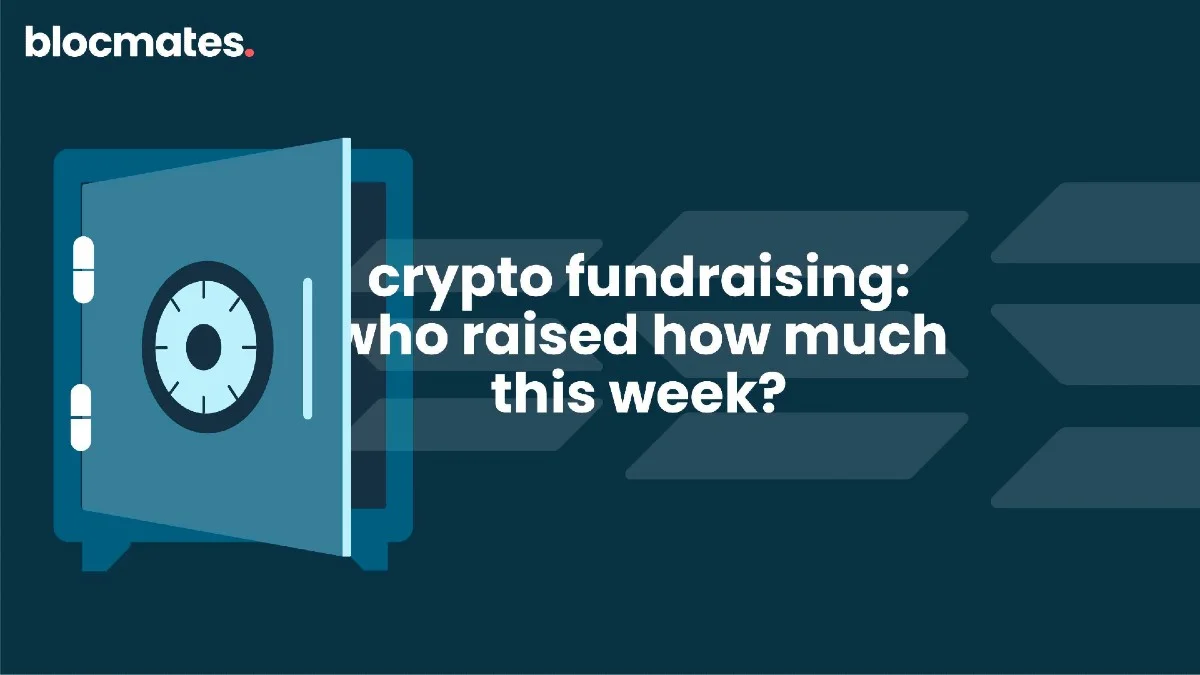


.webp)

